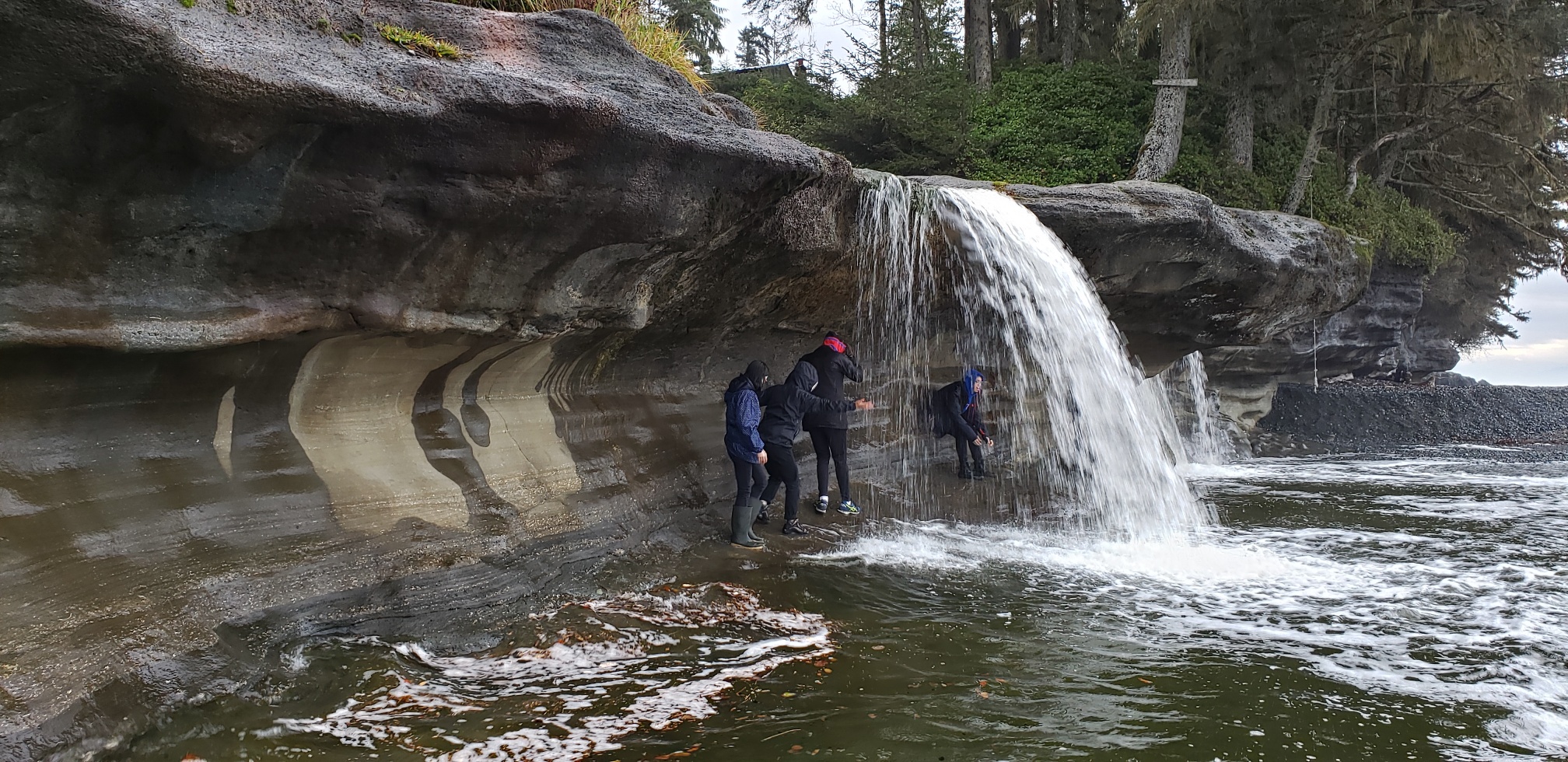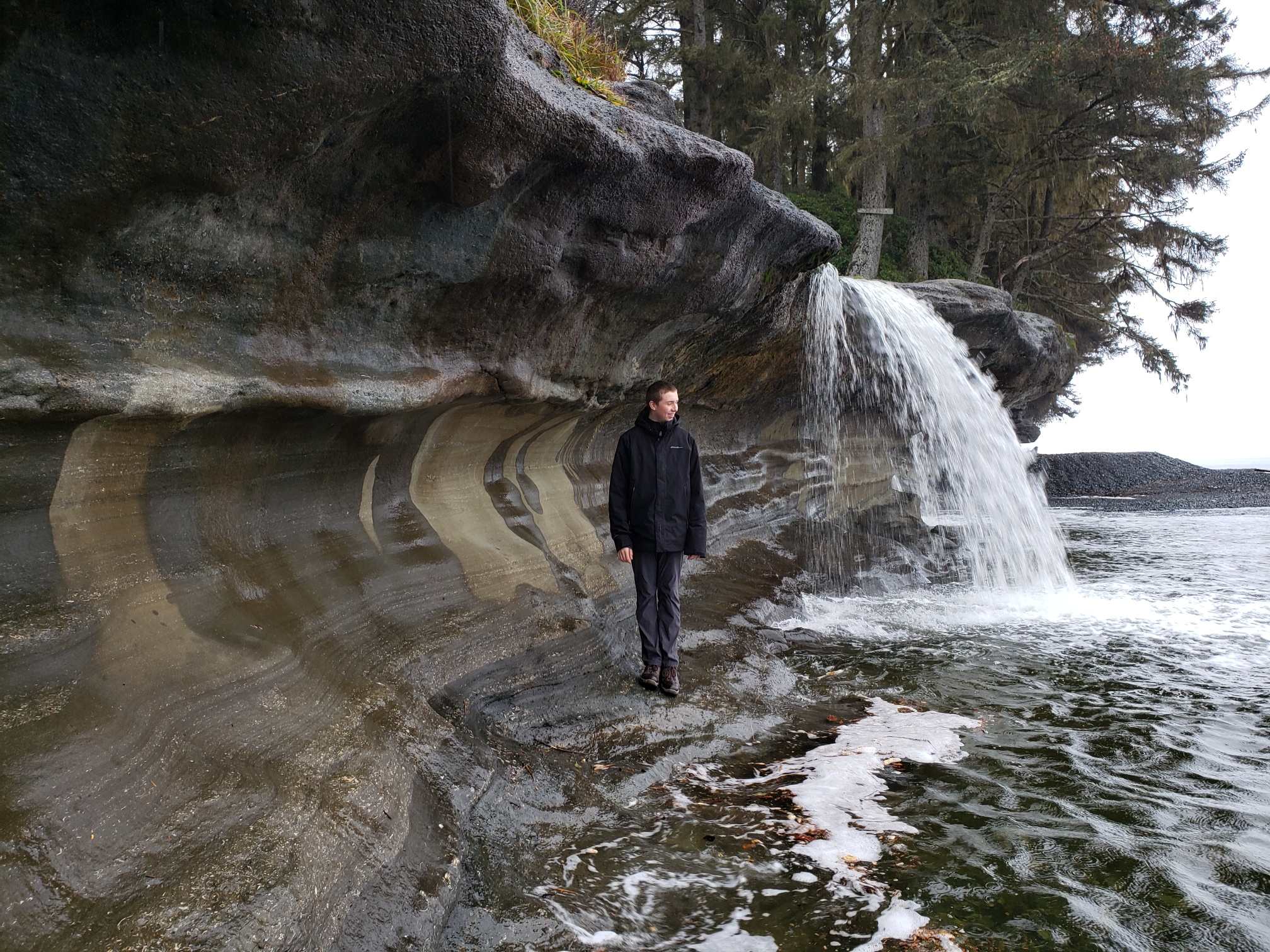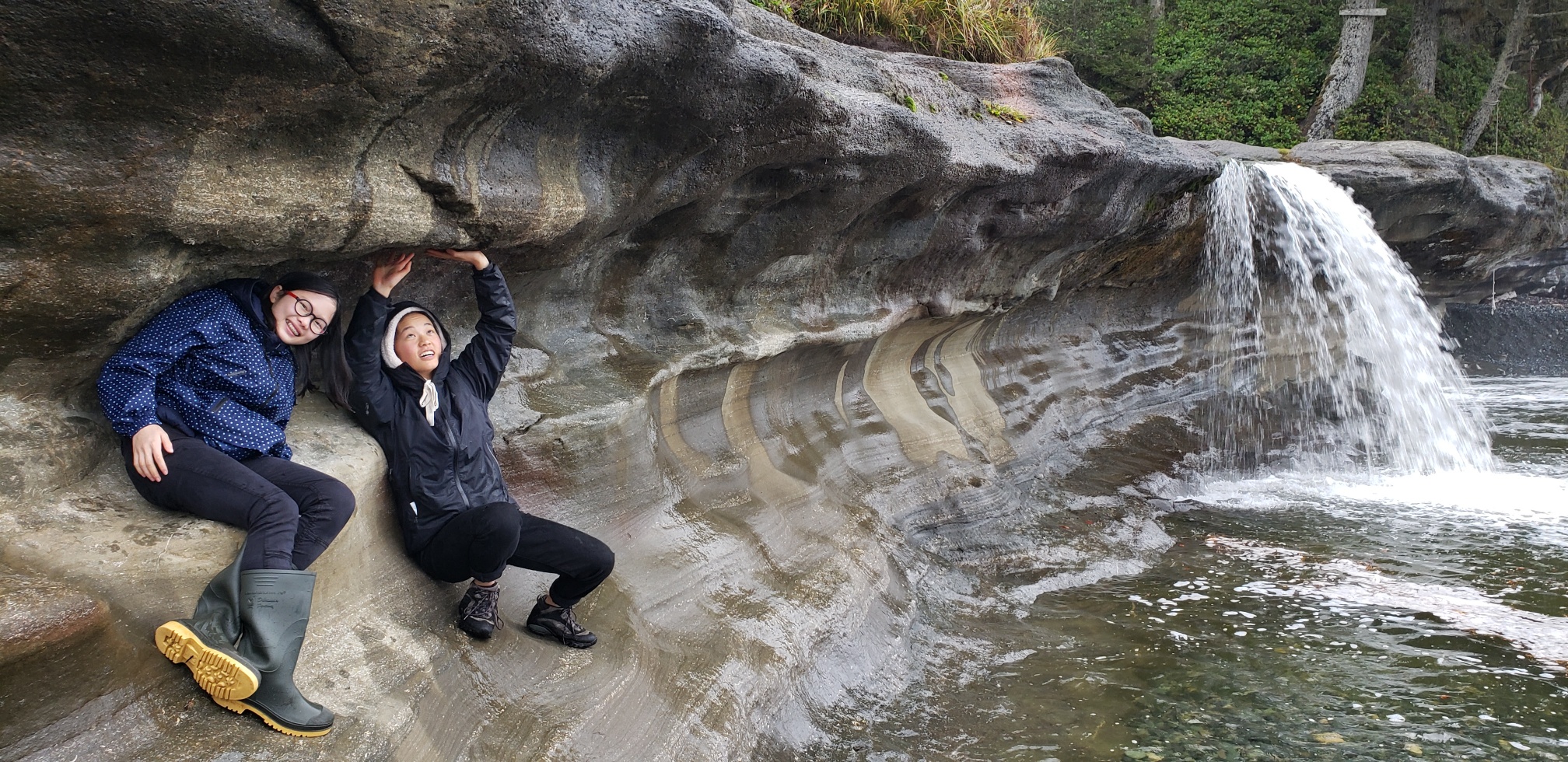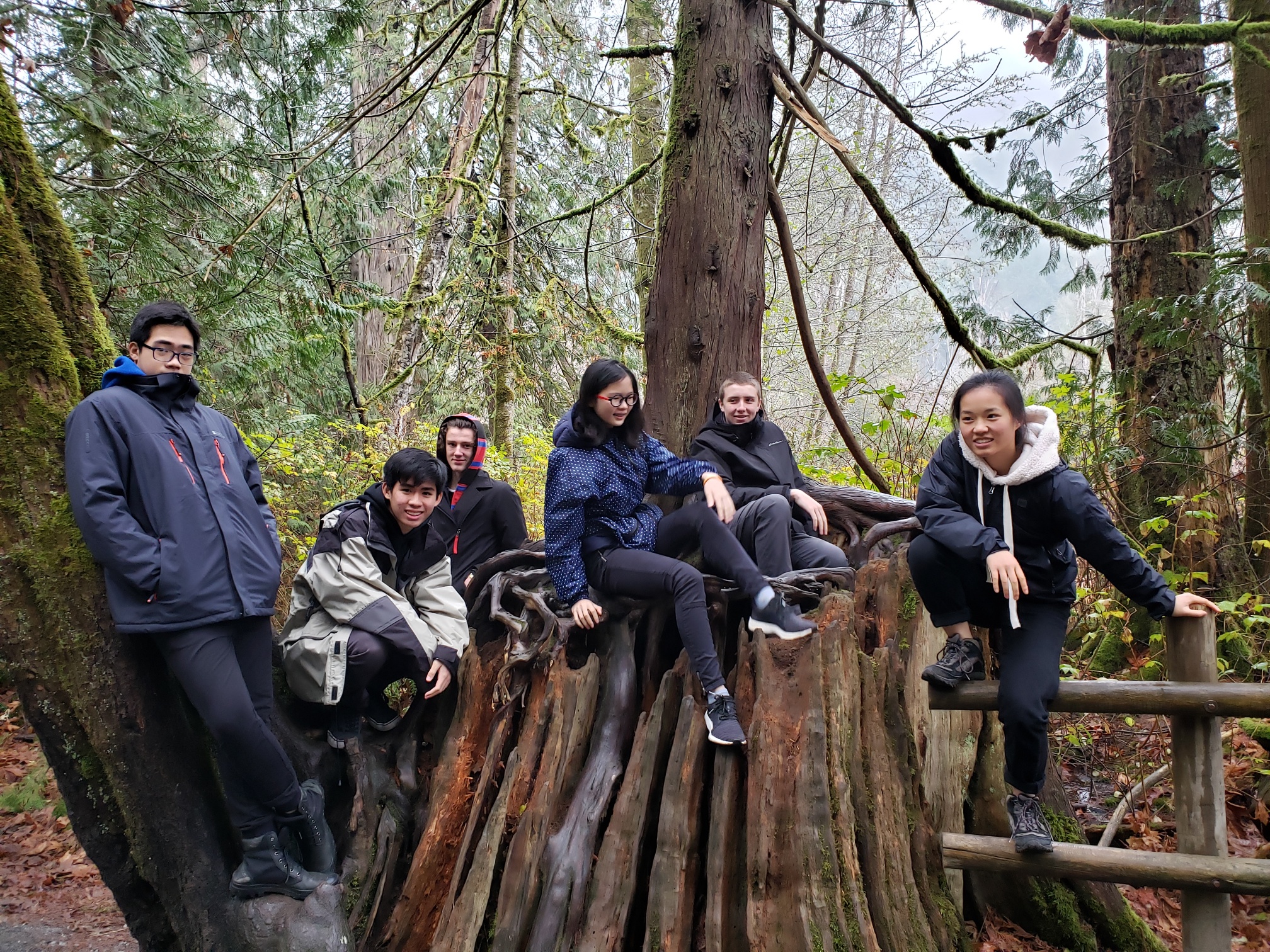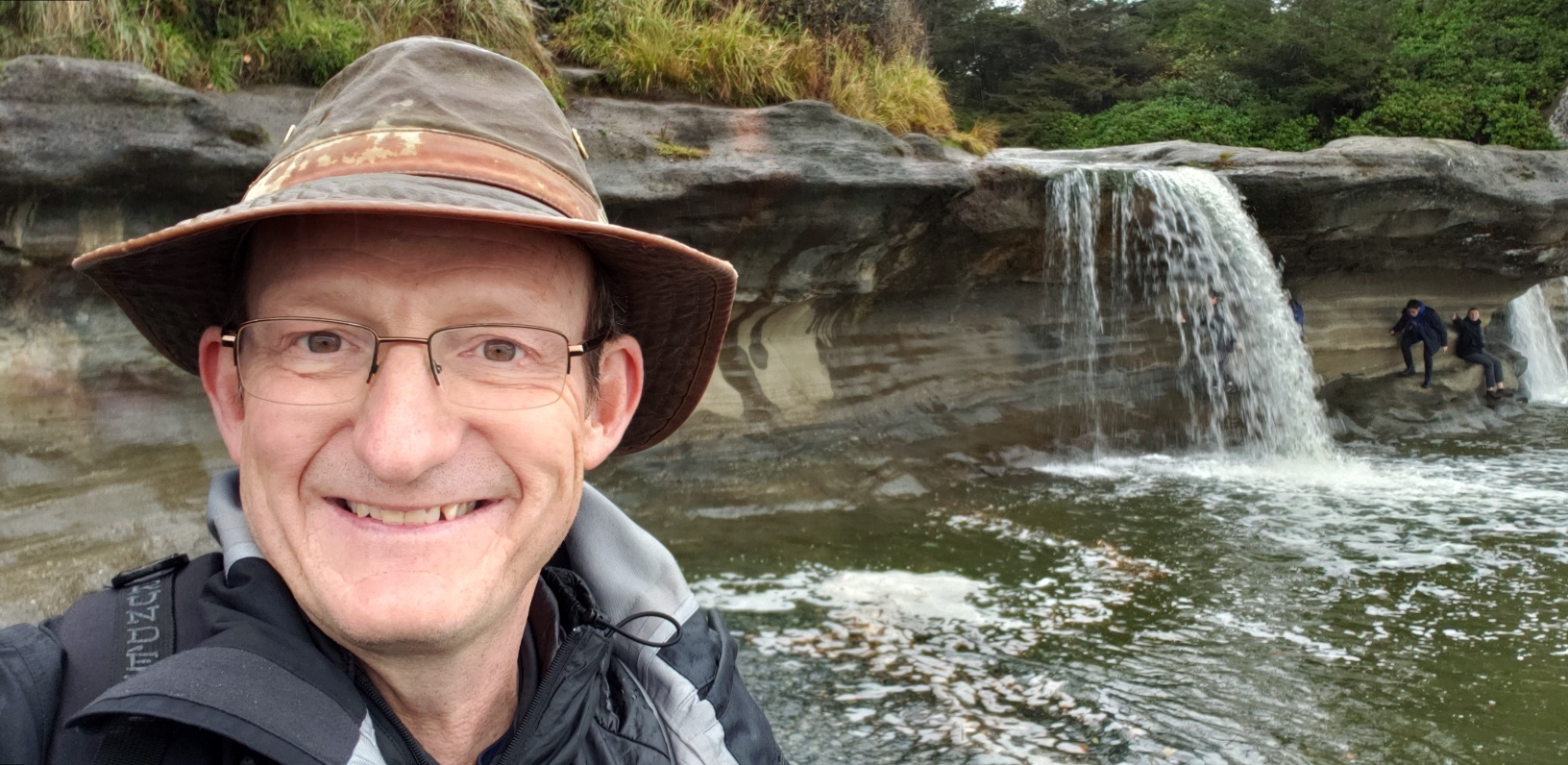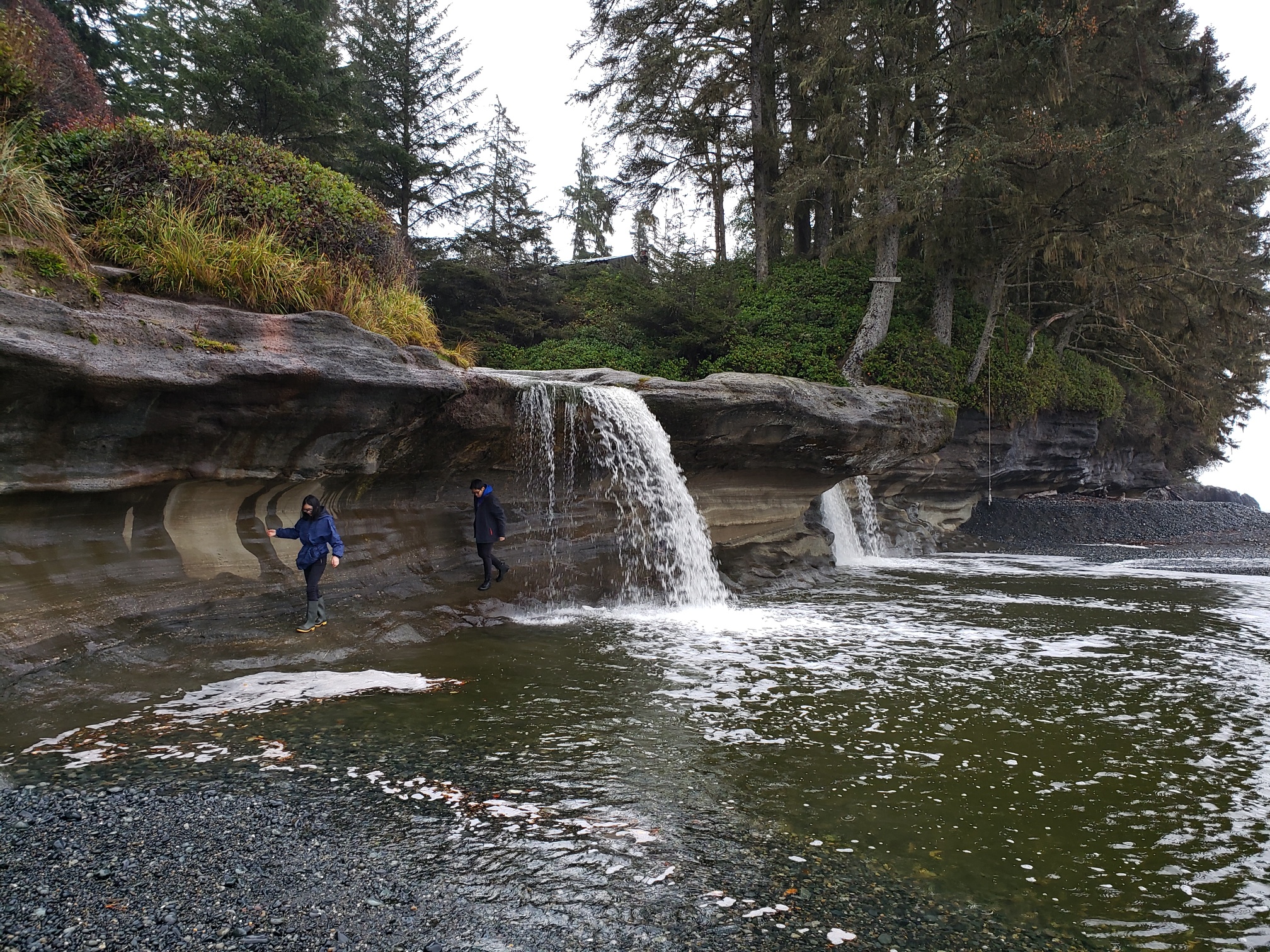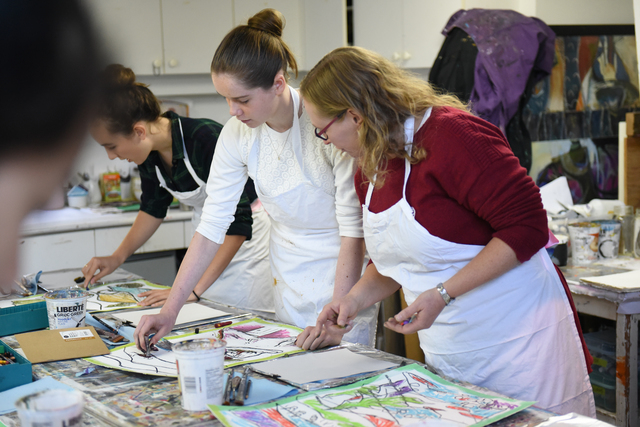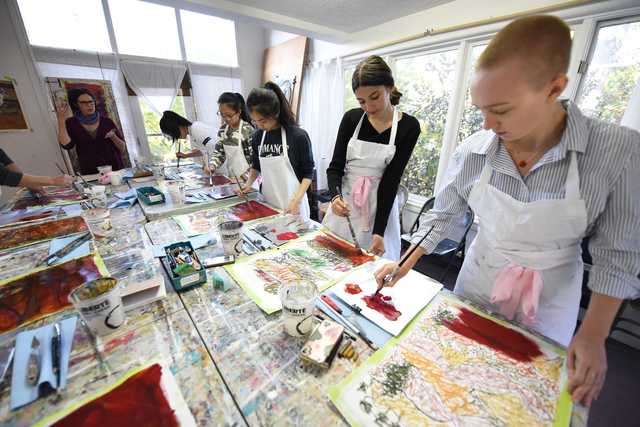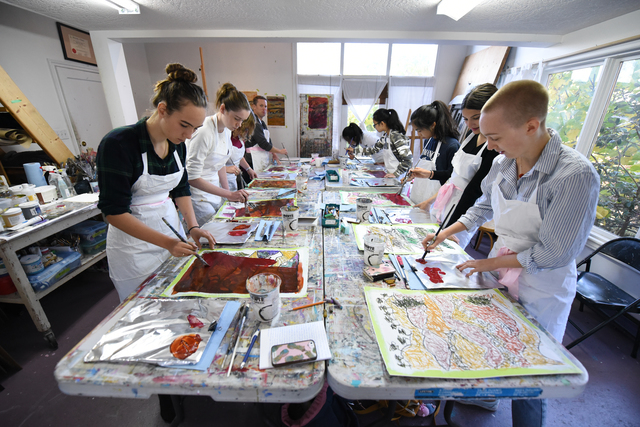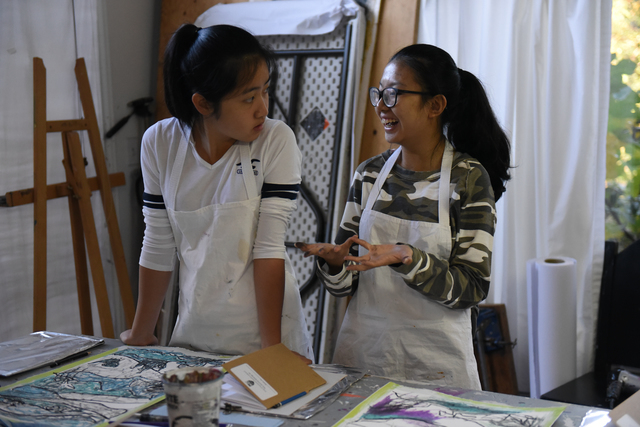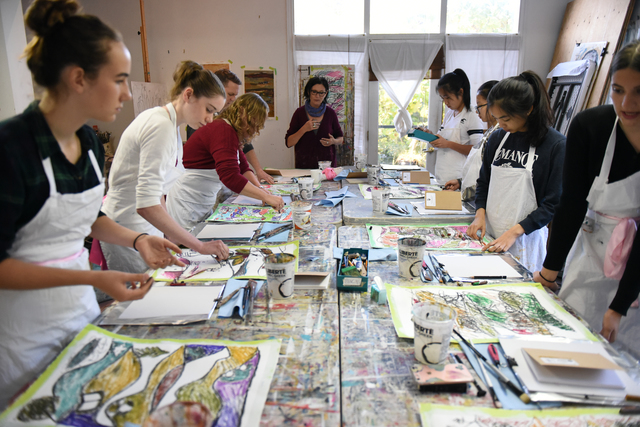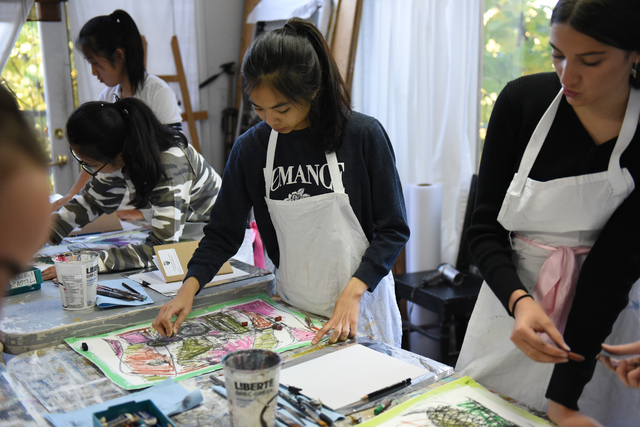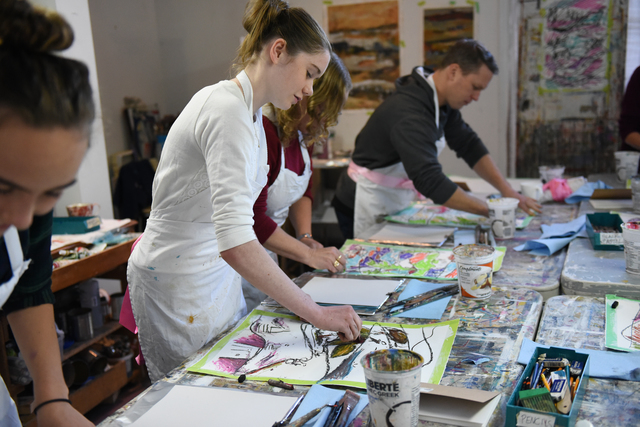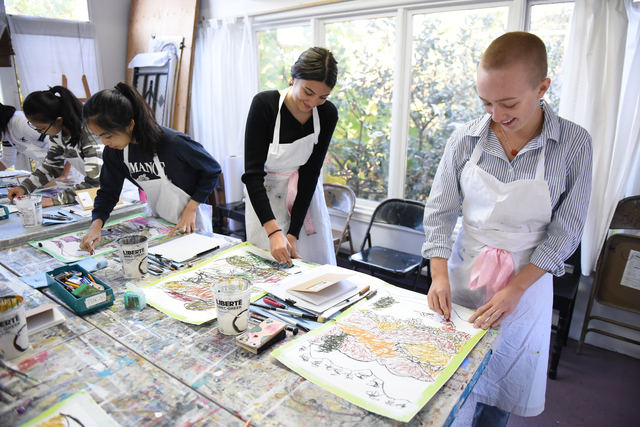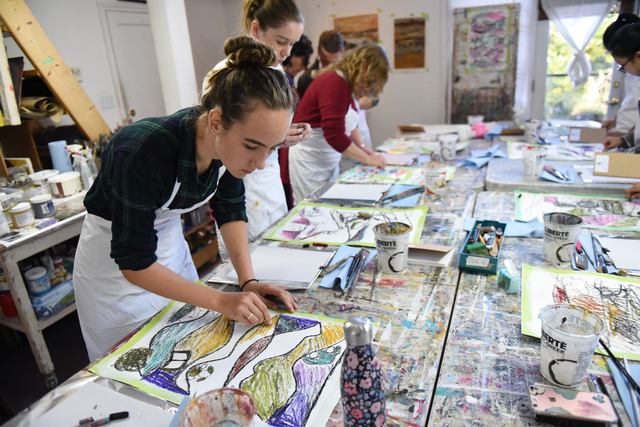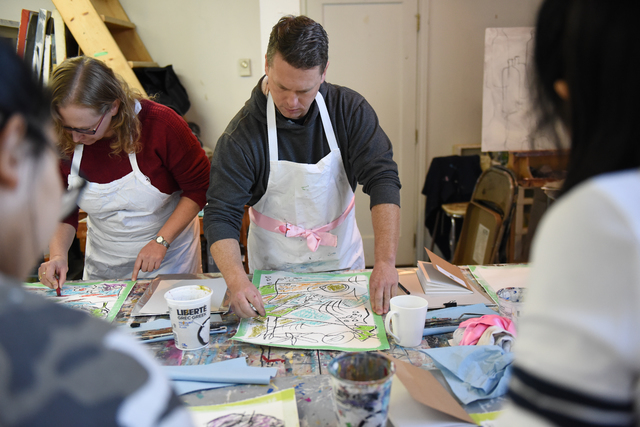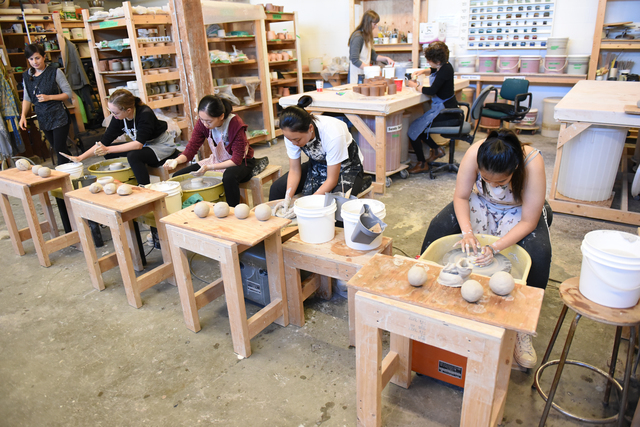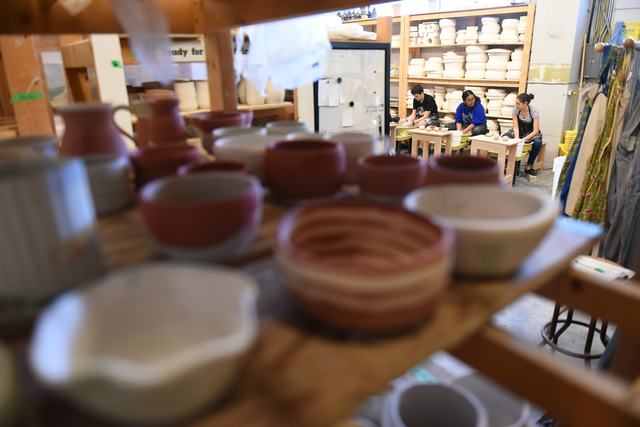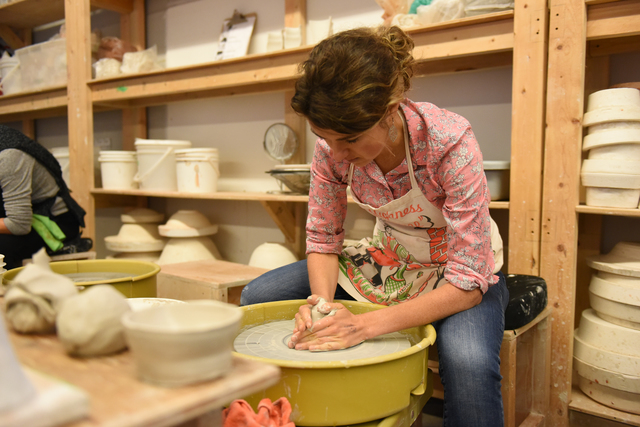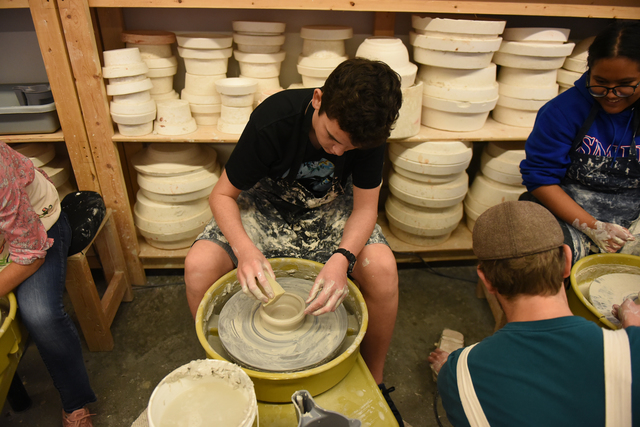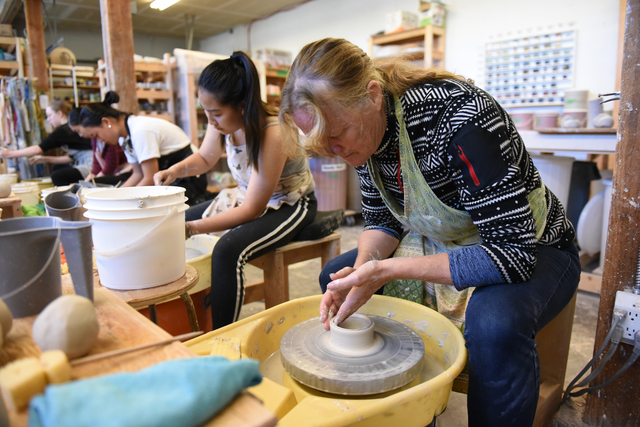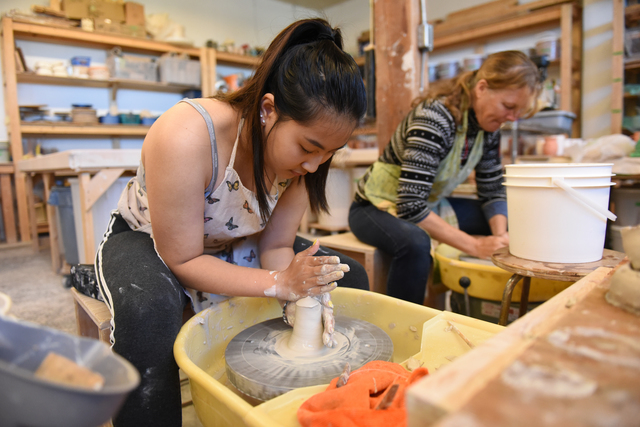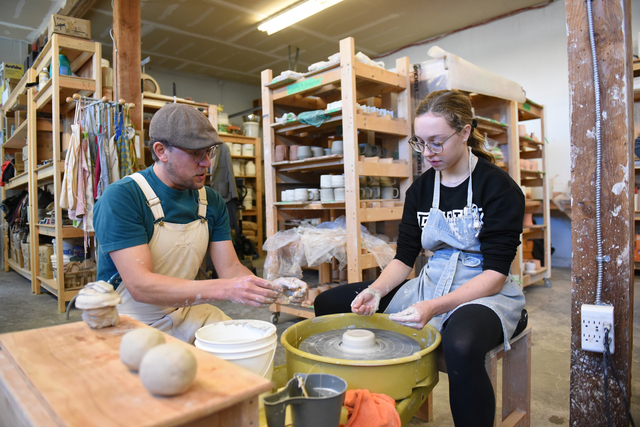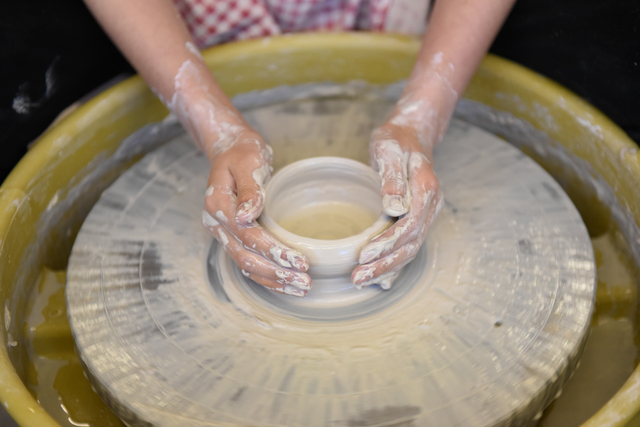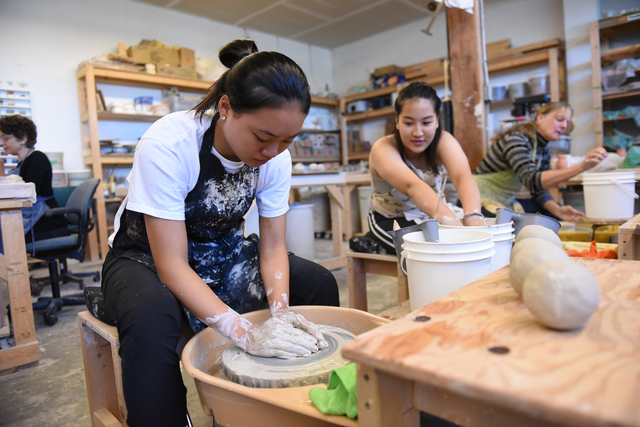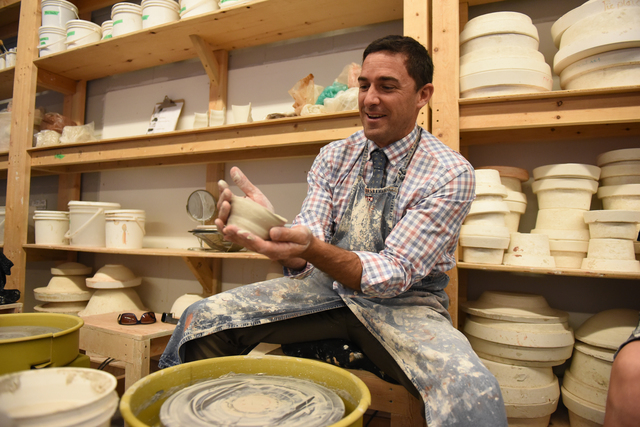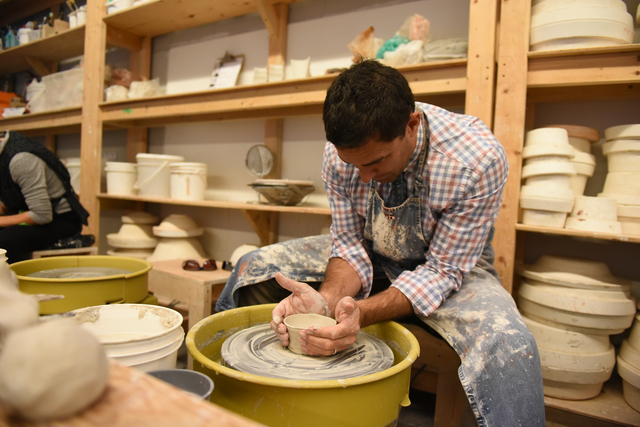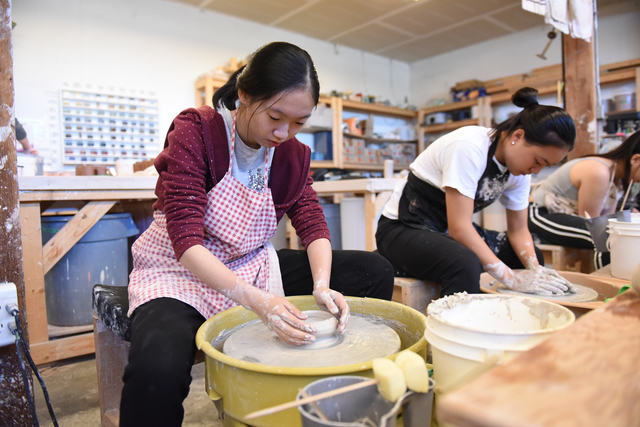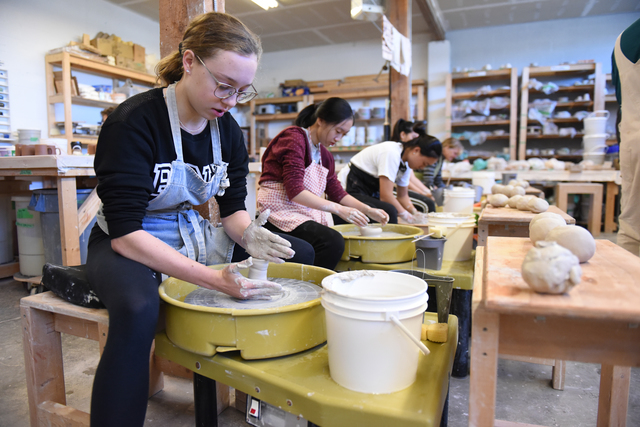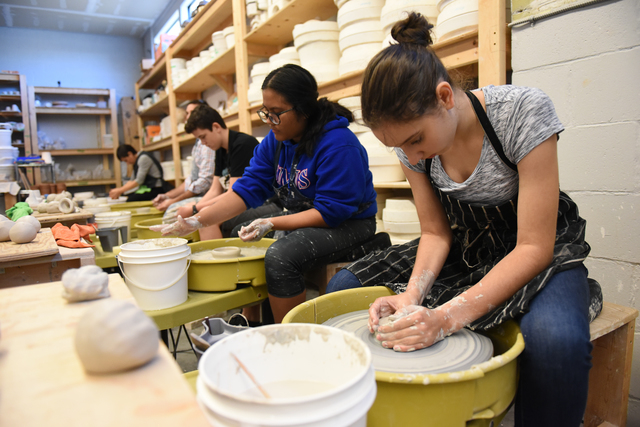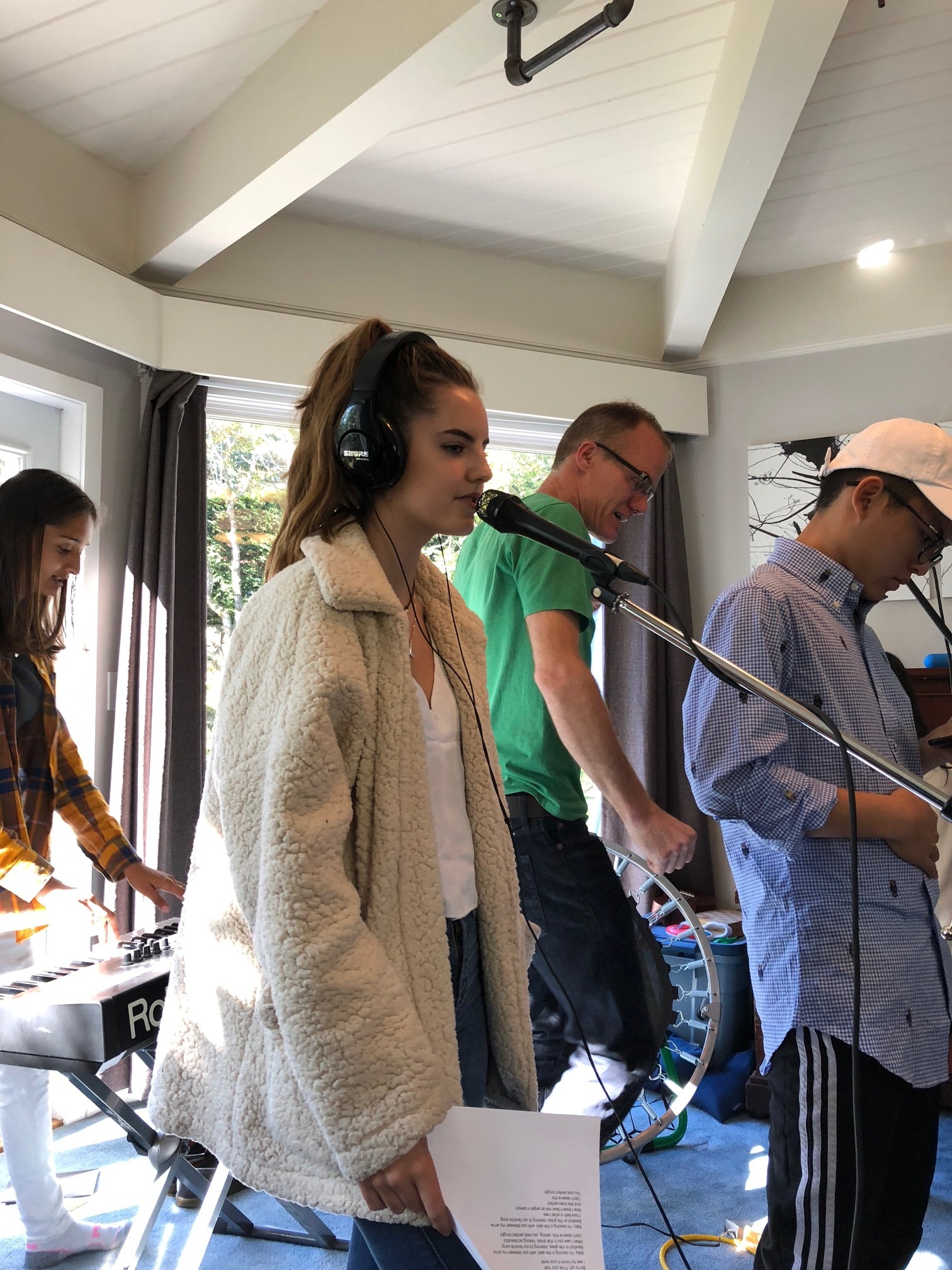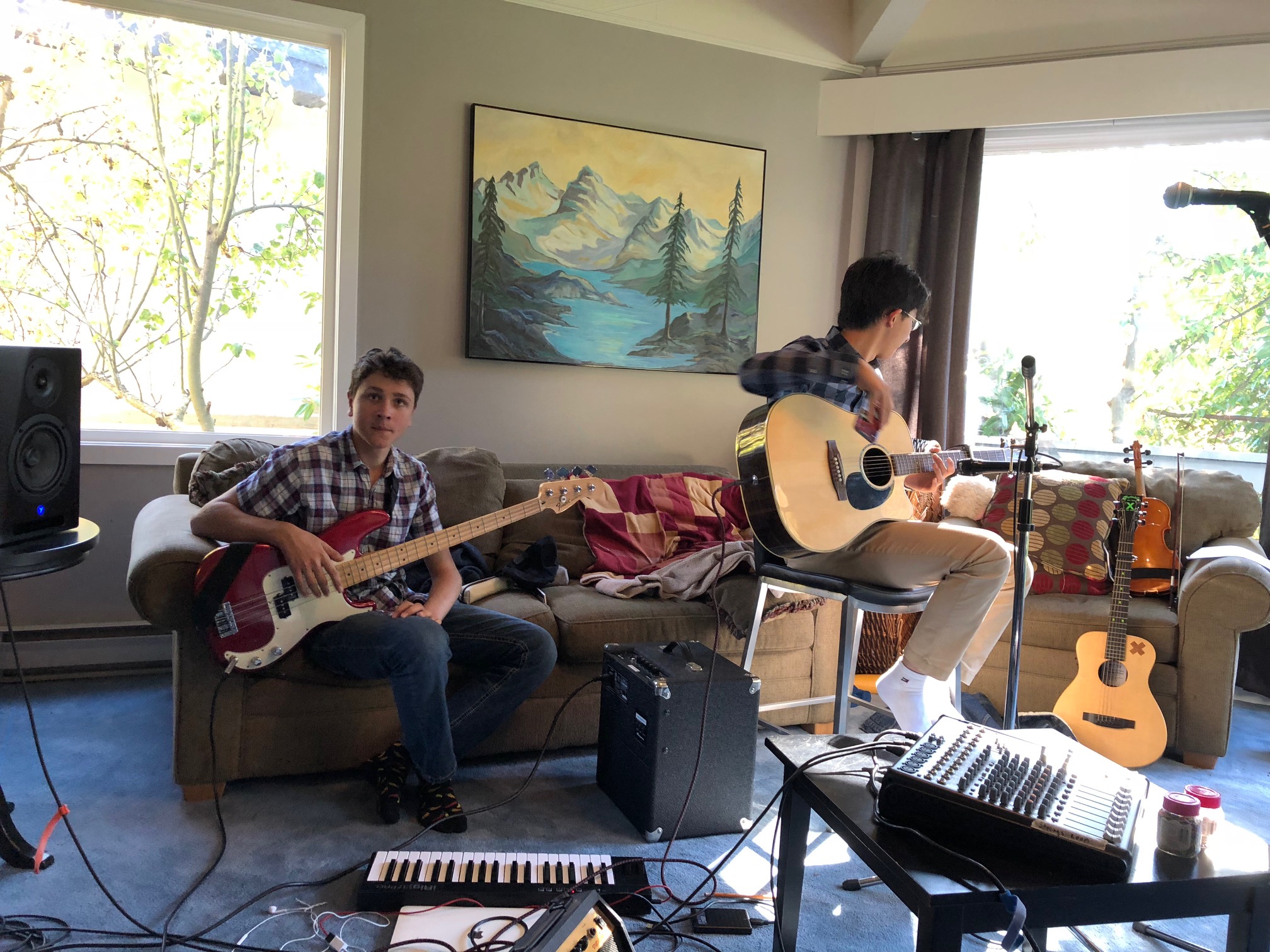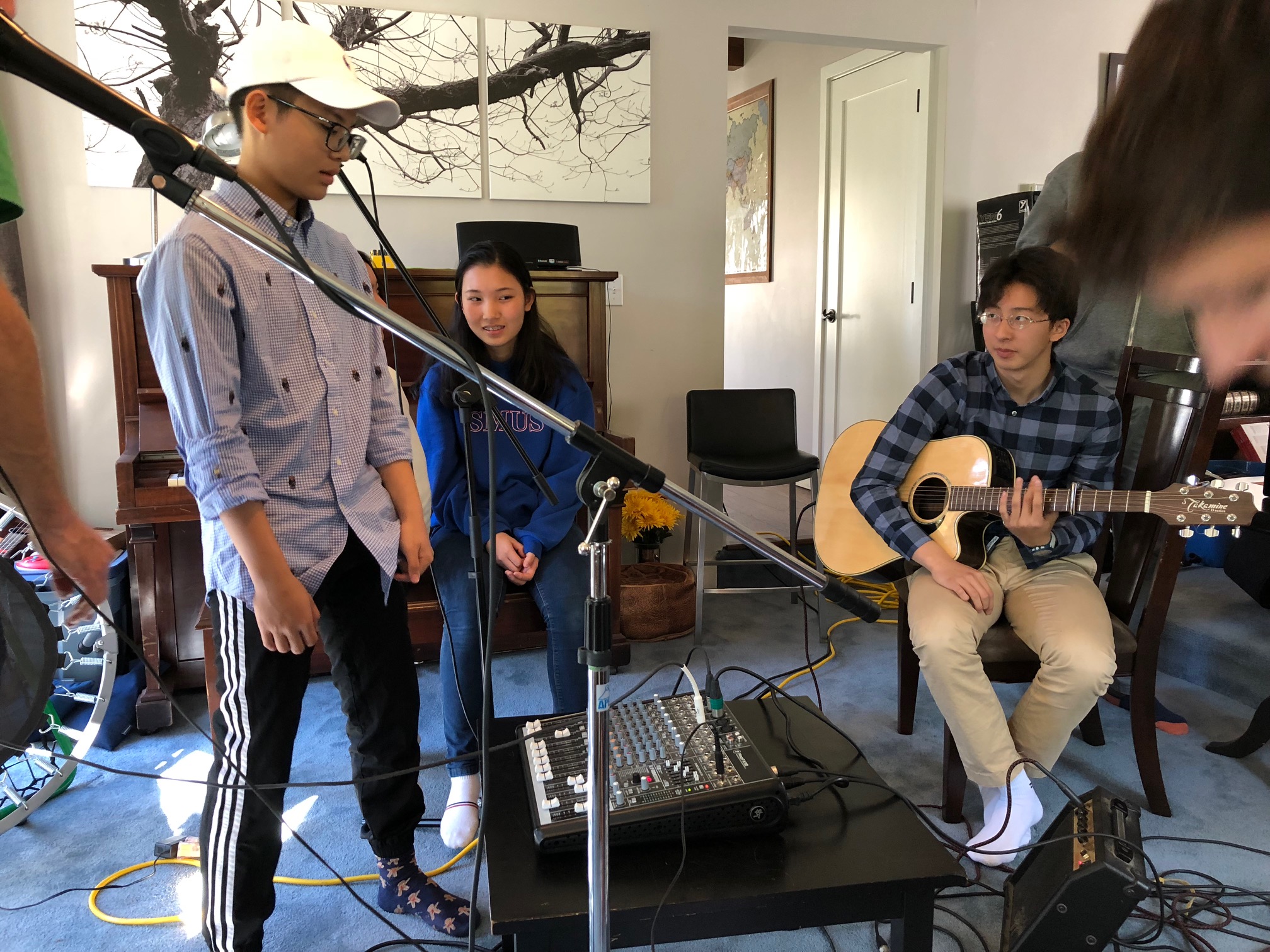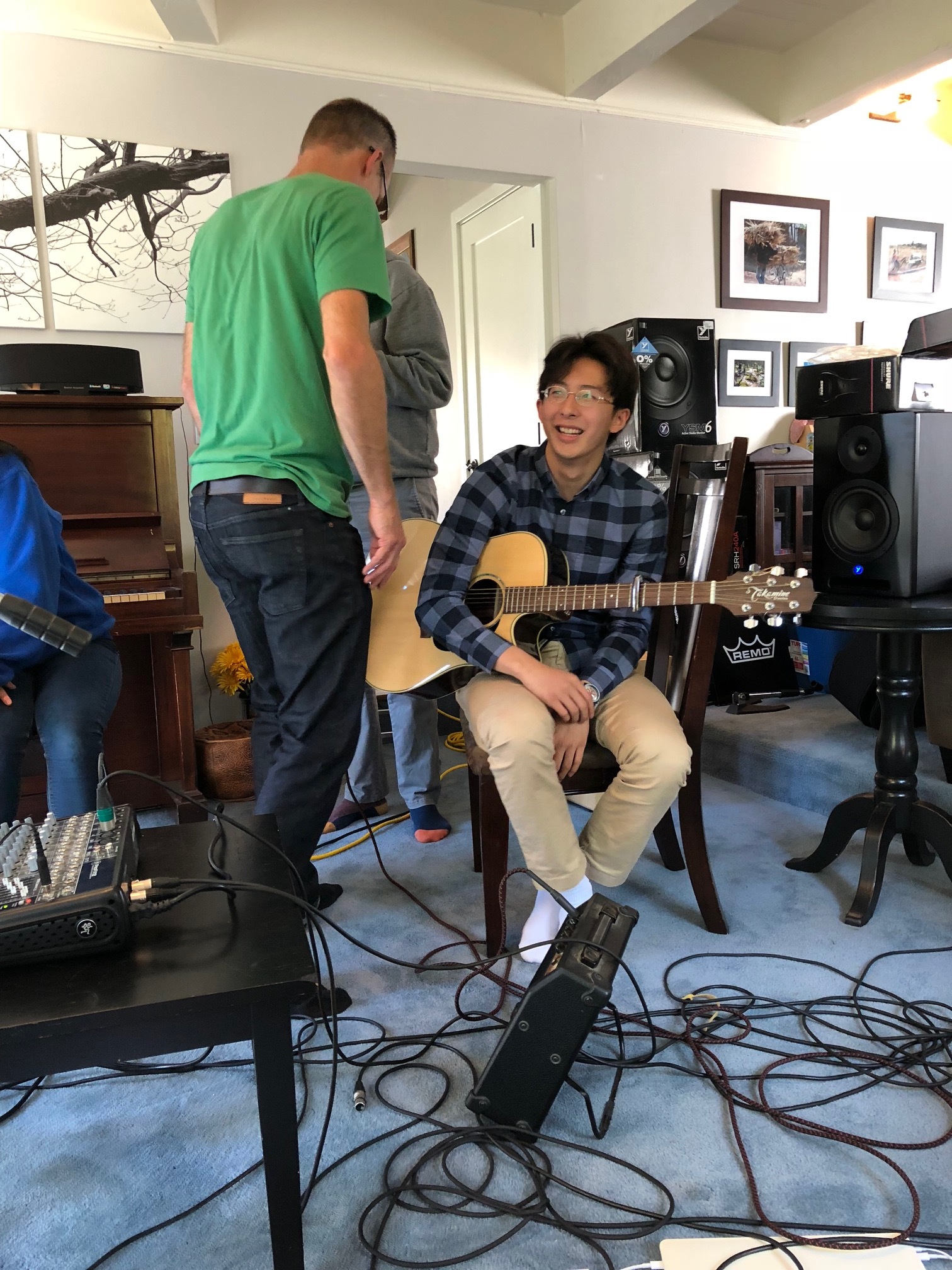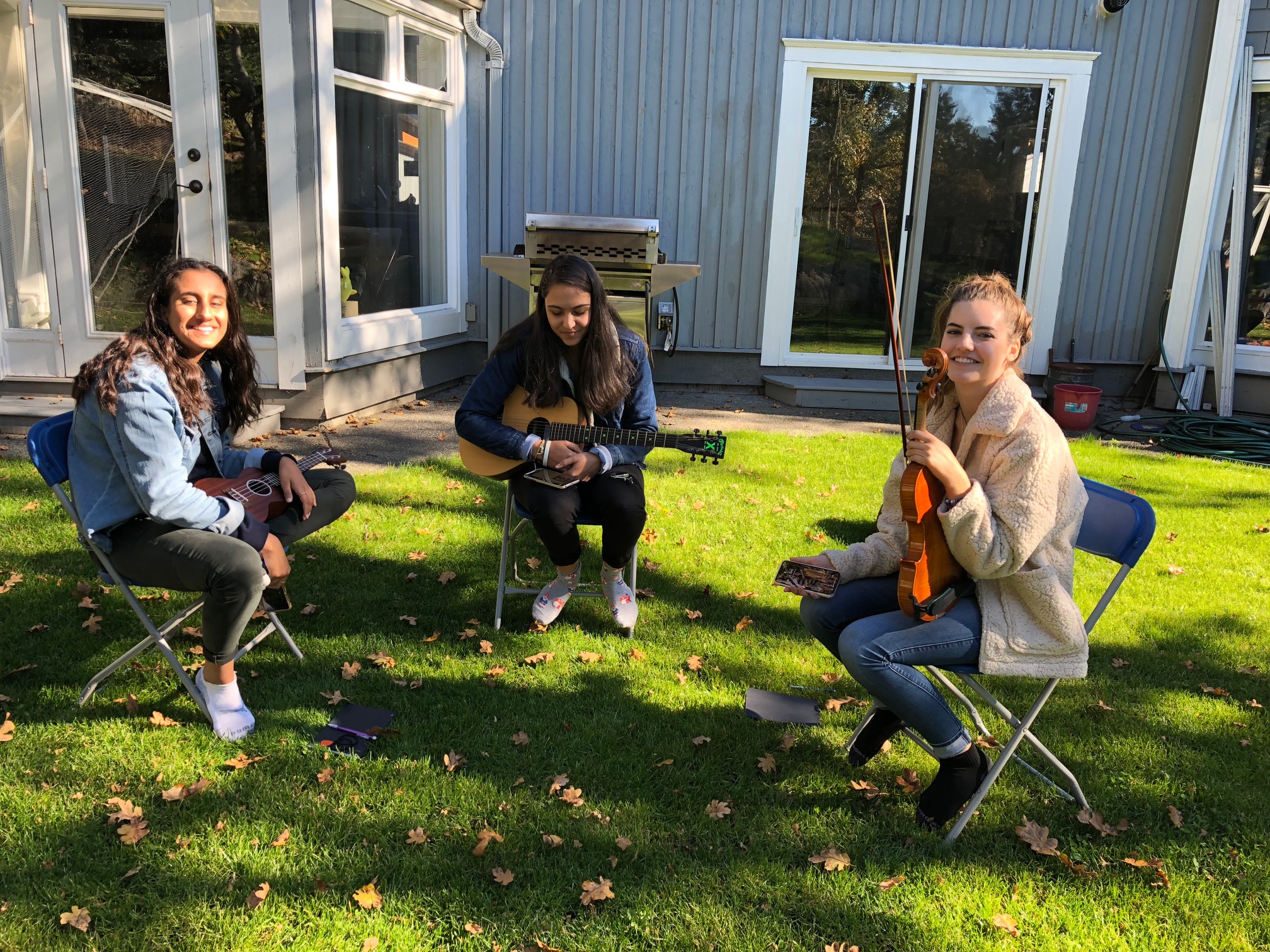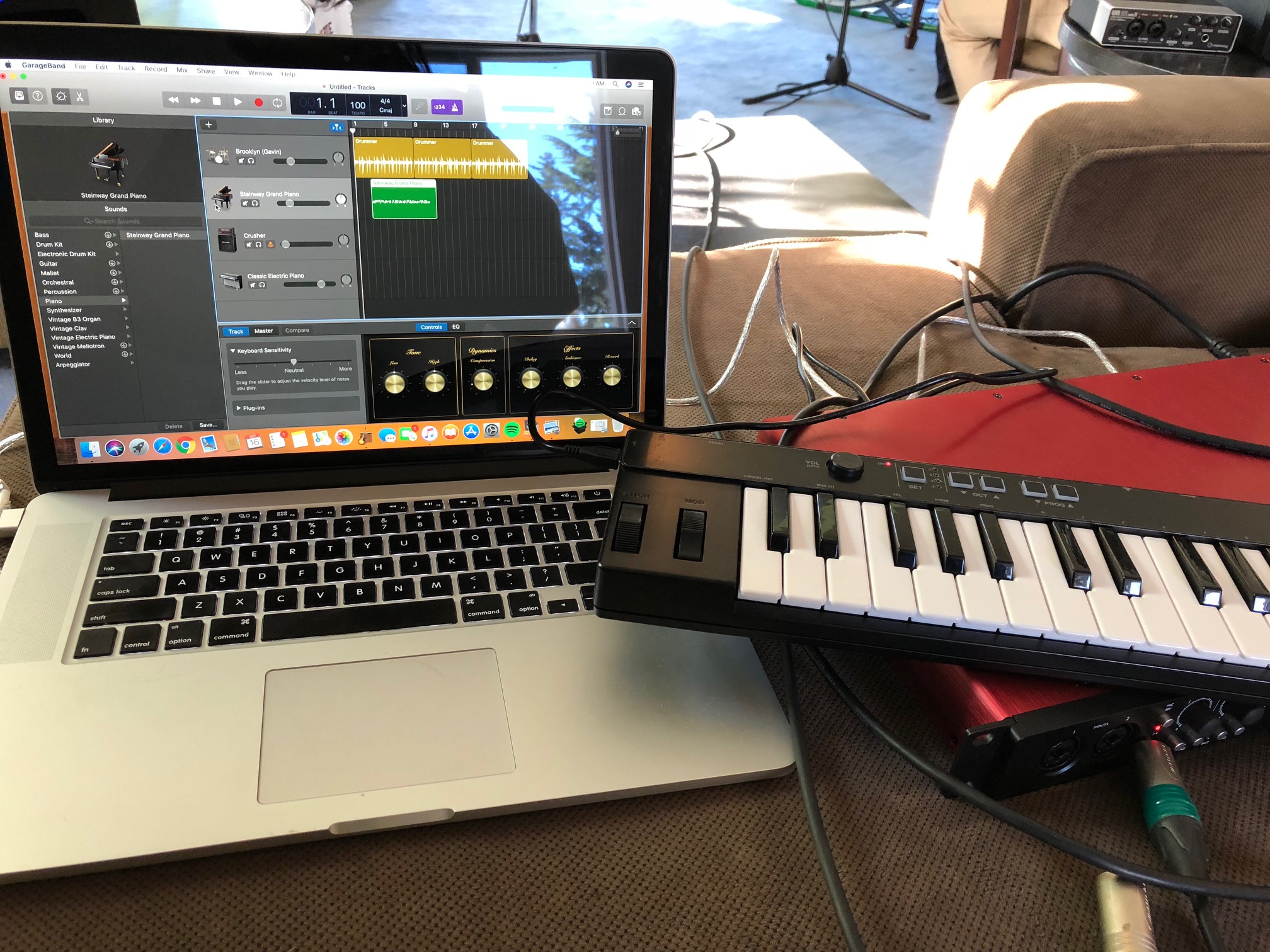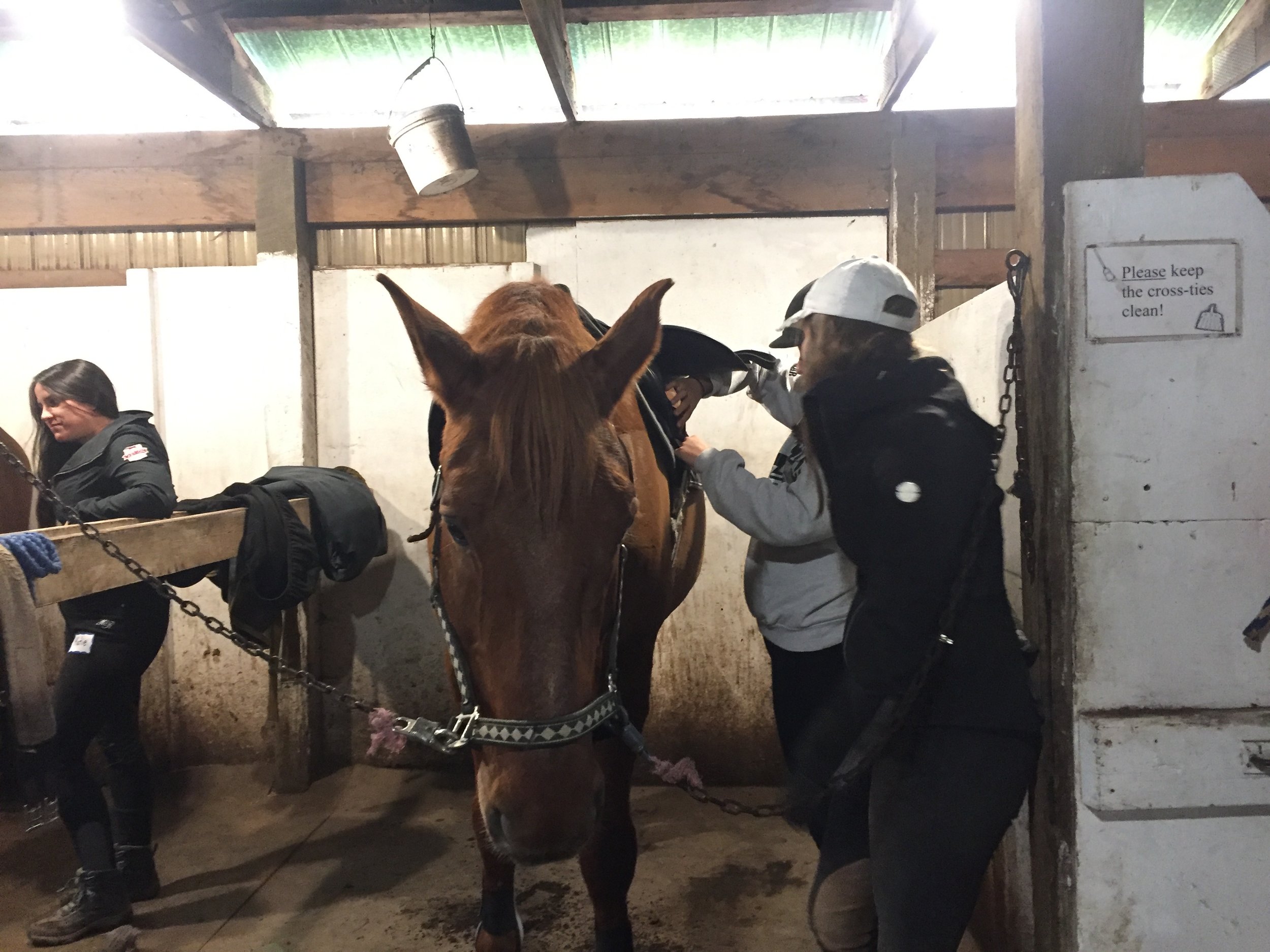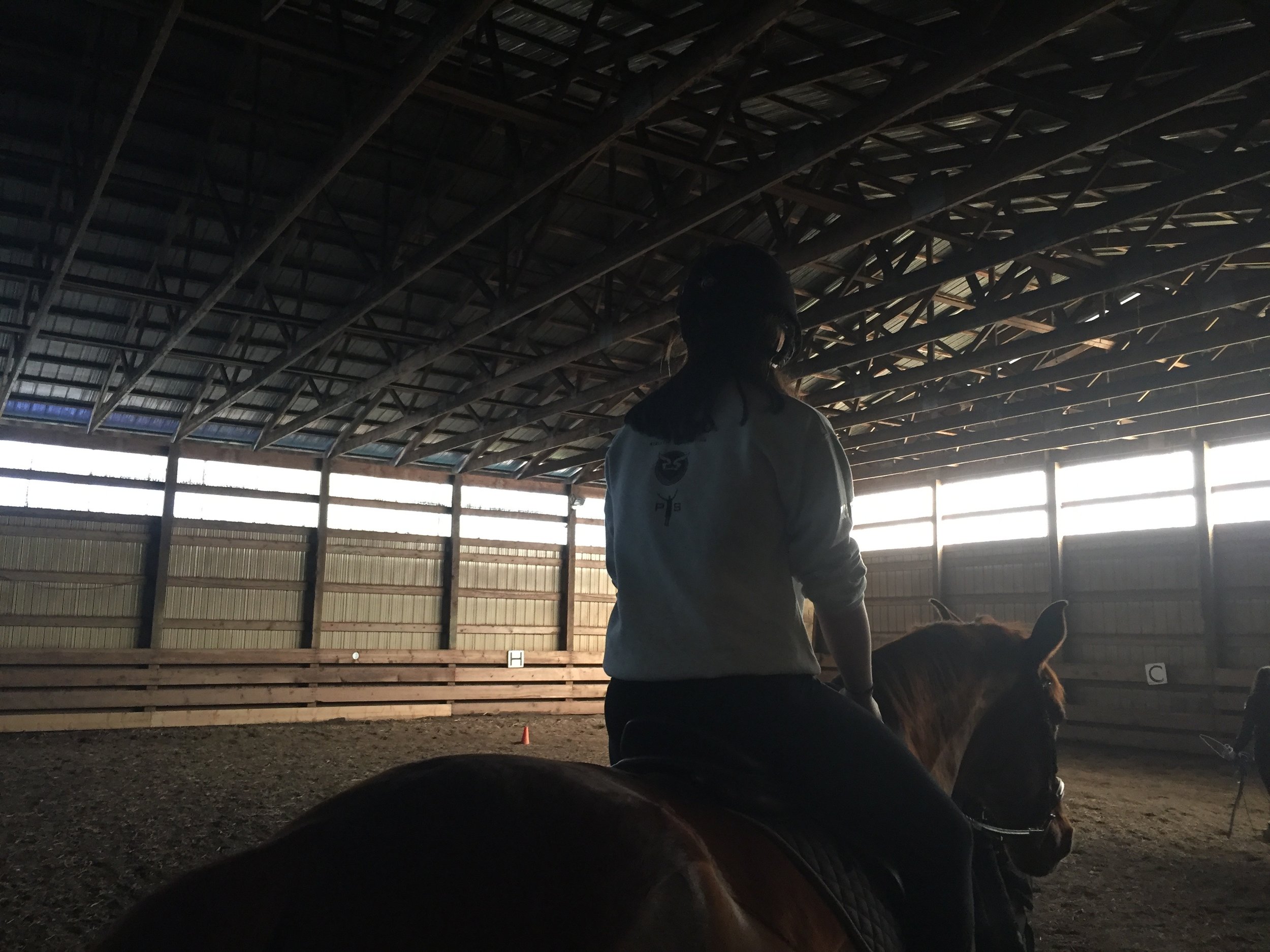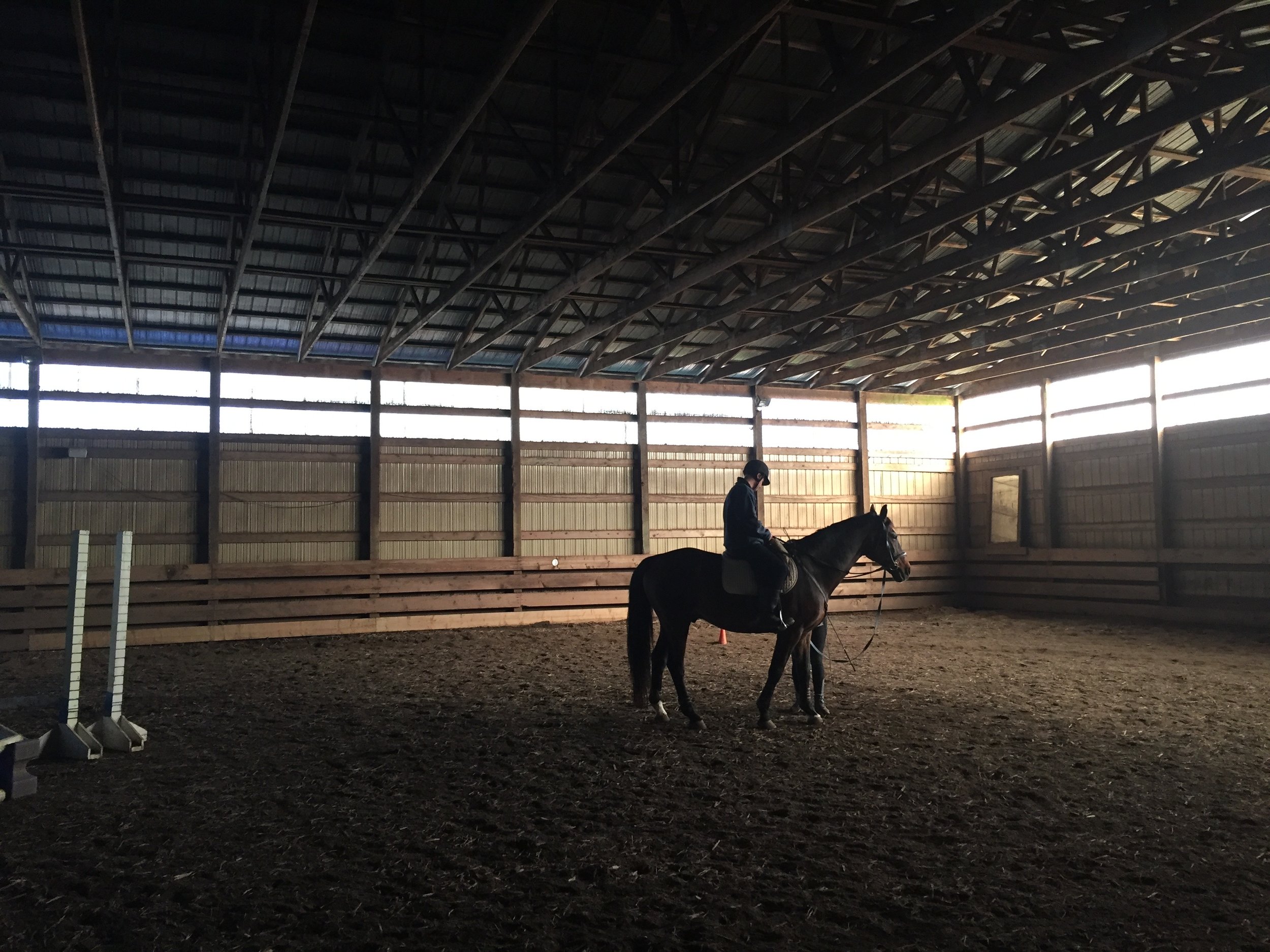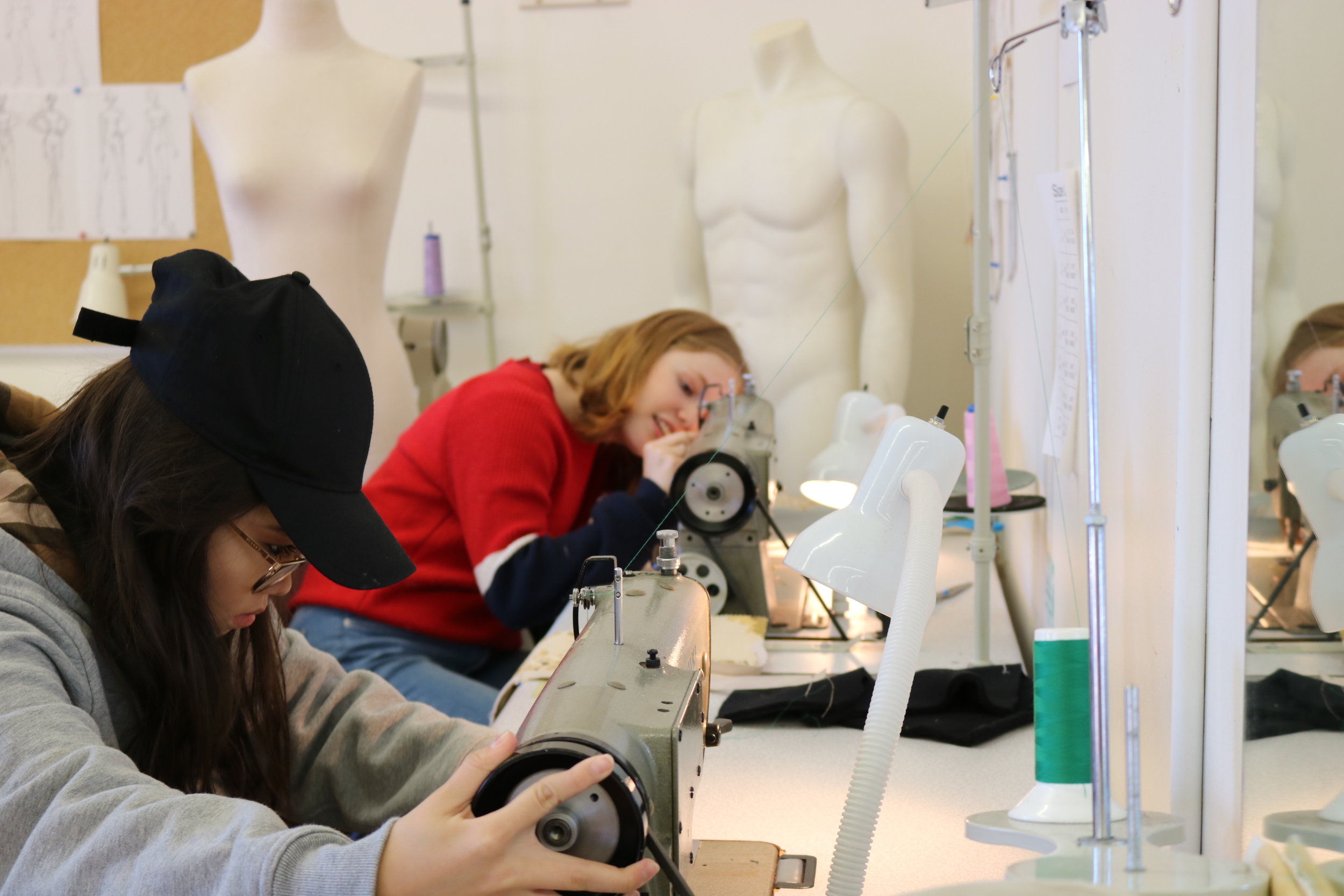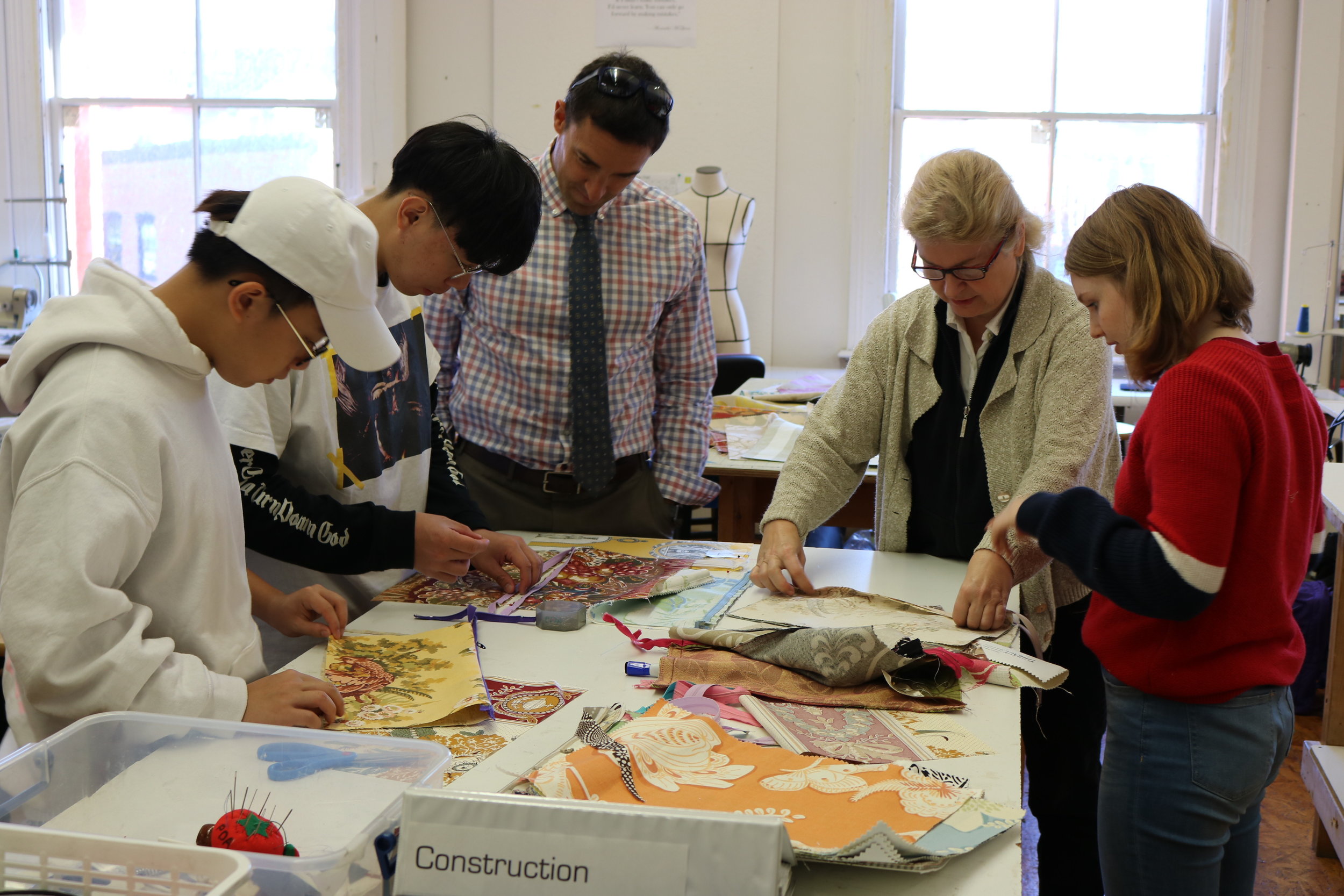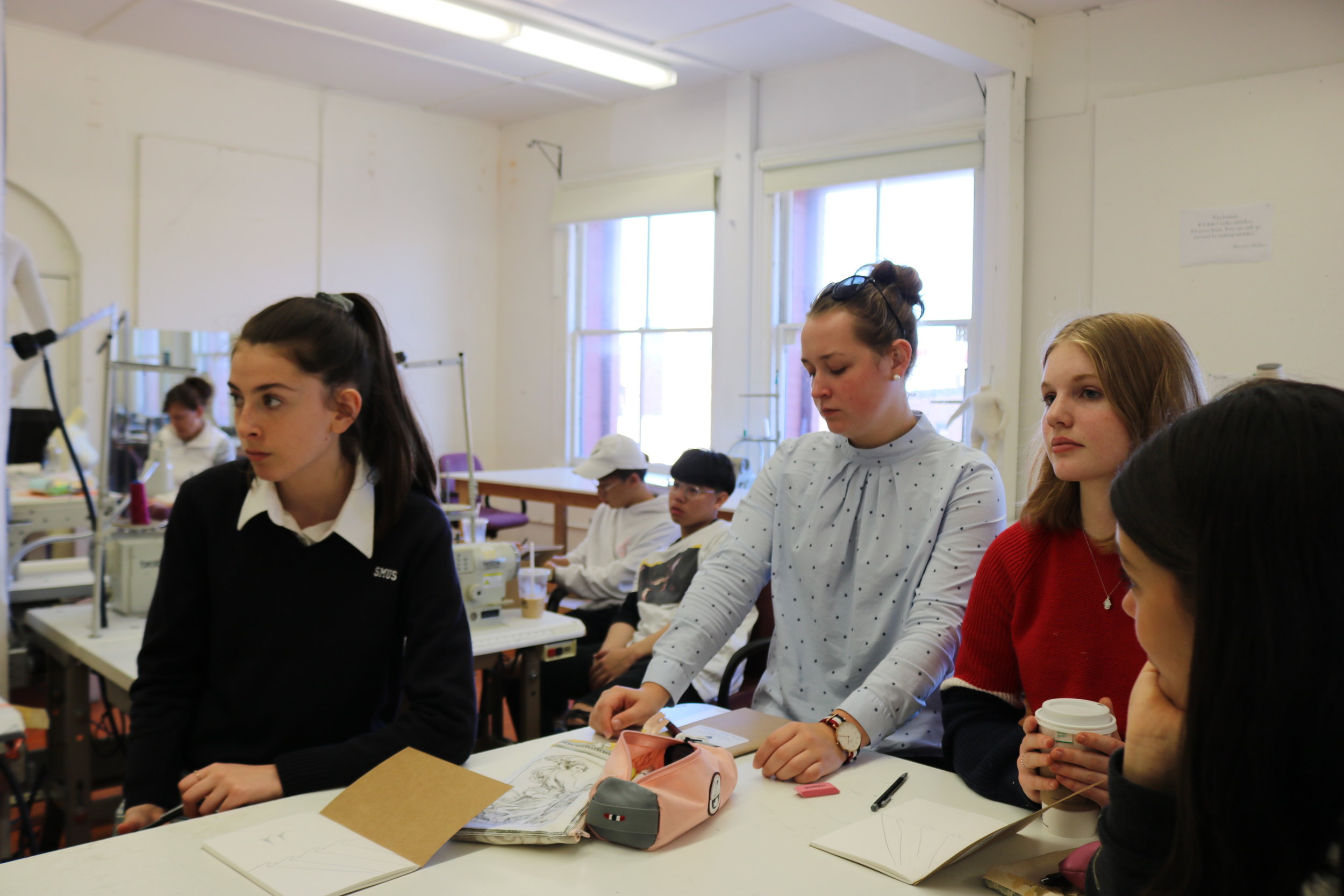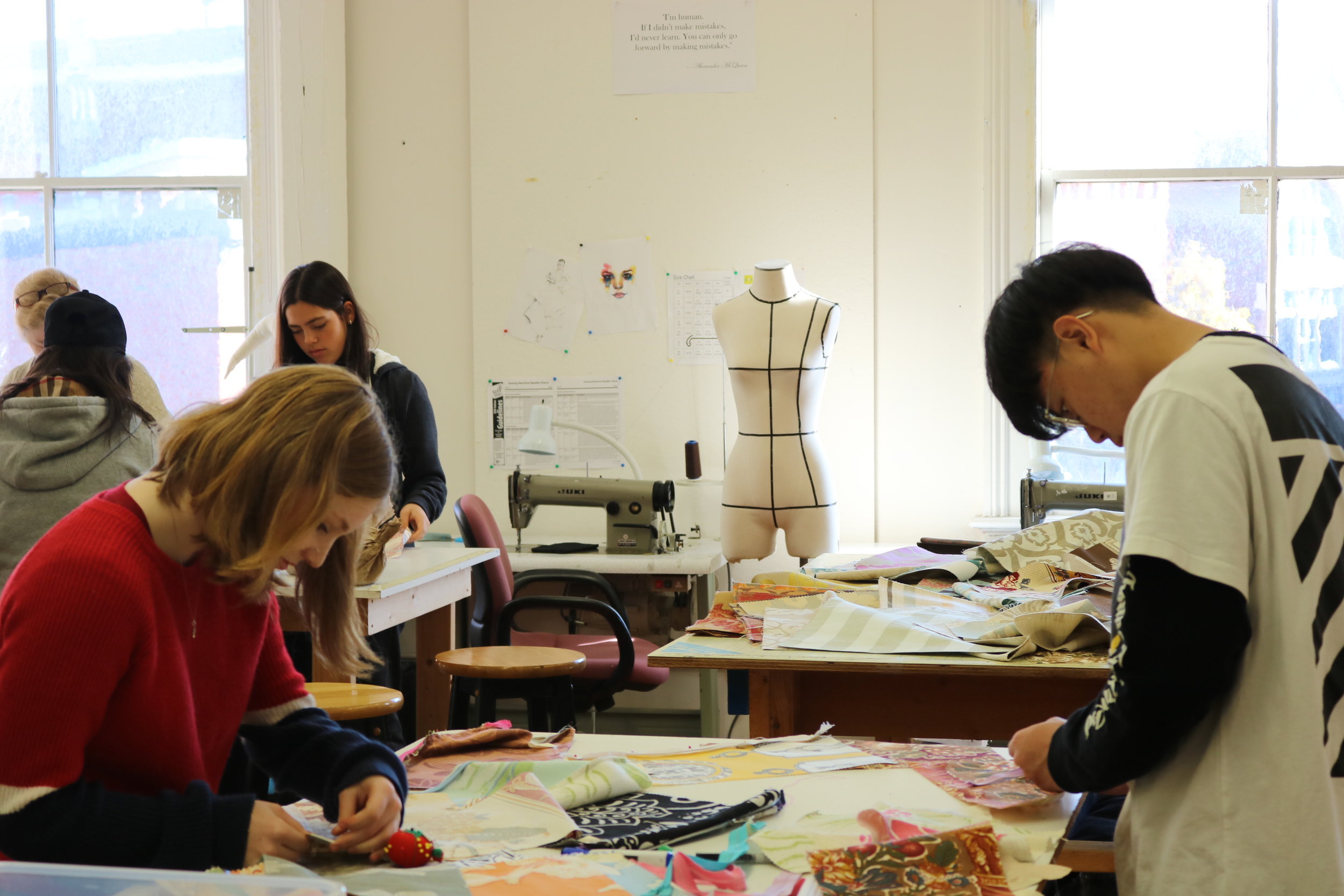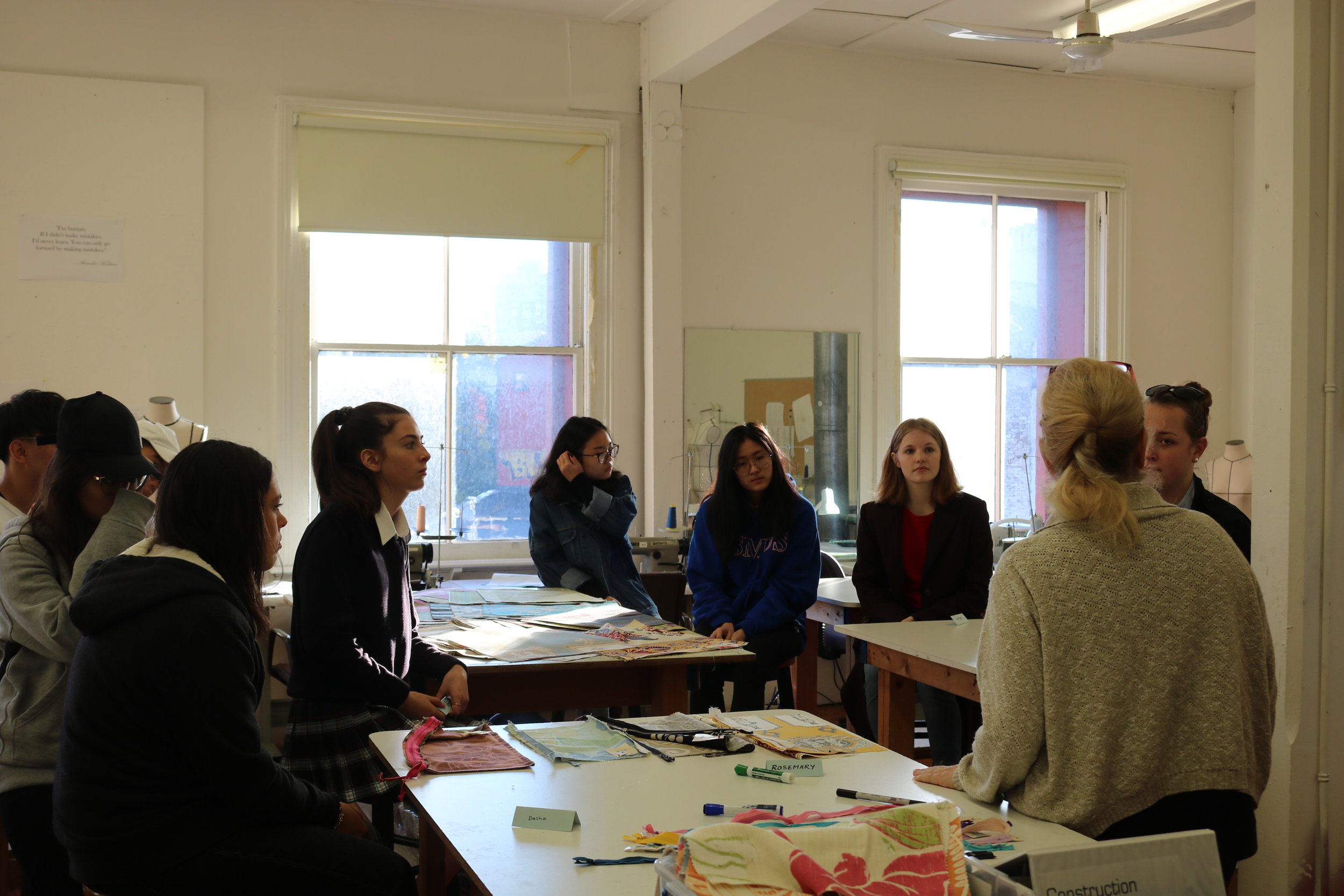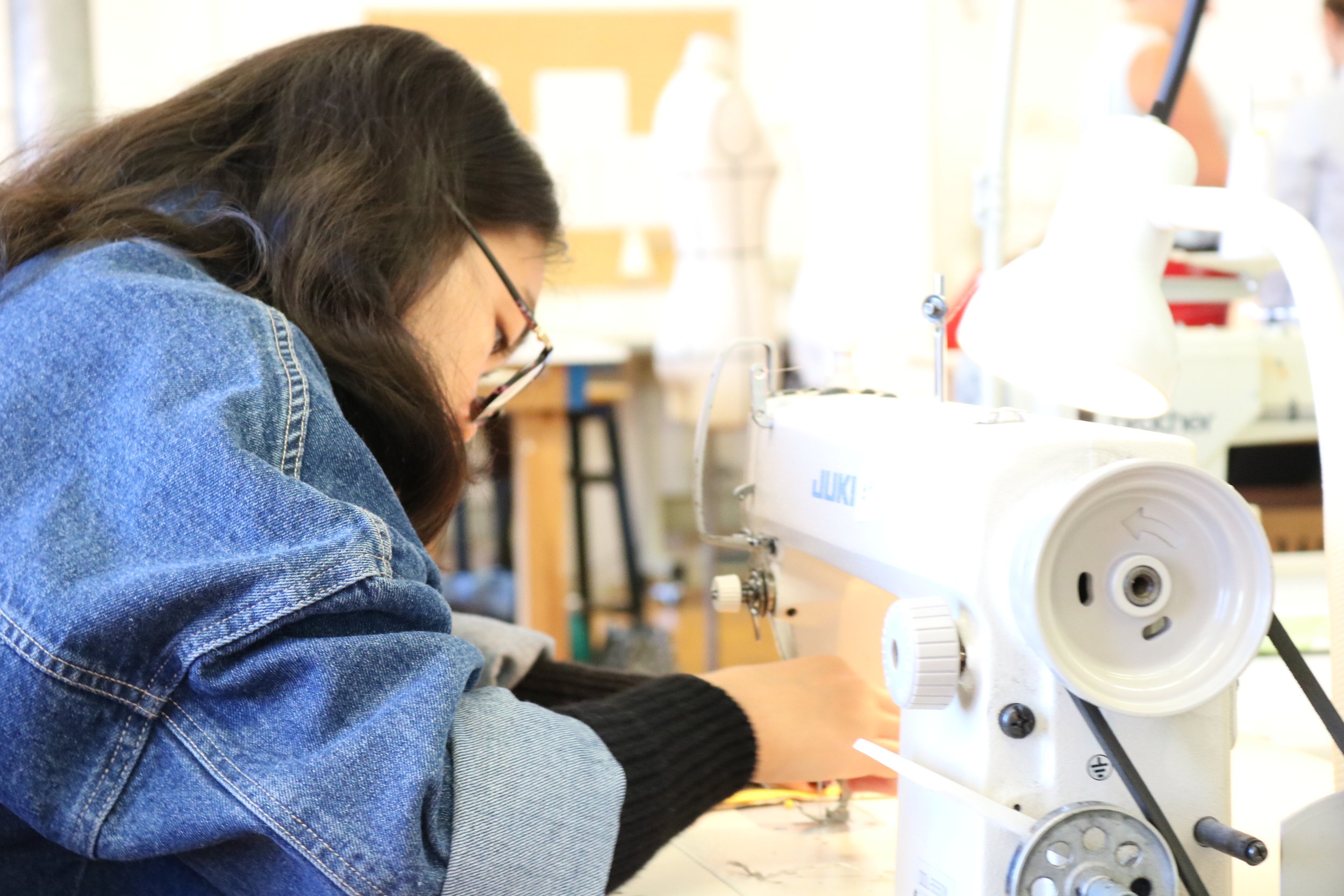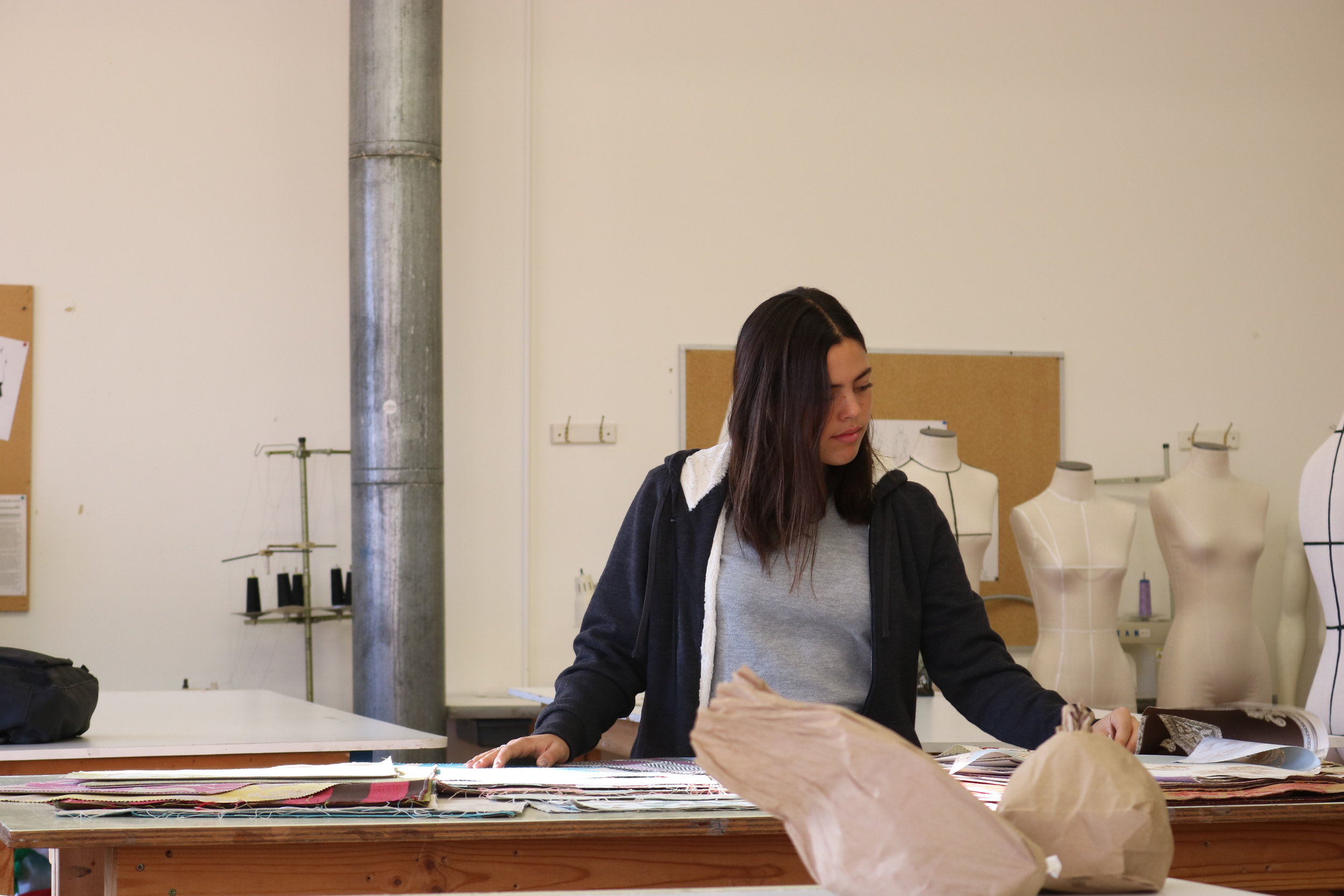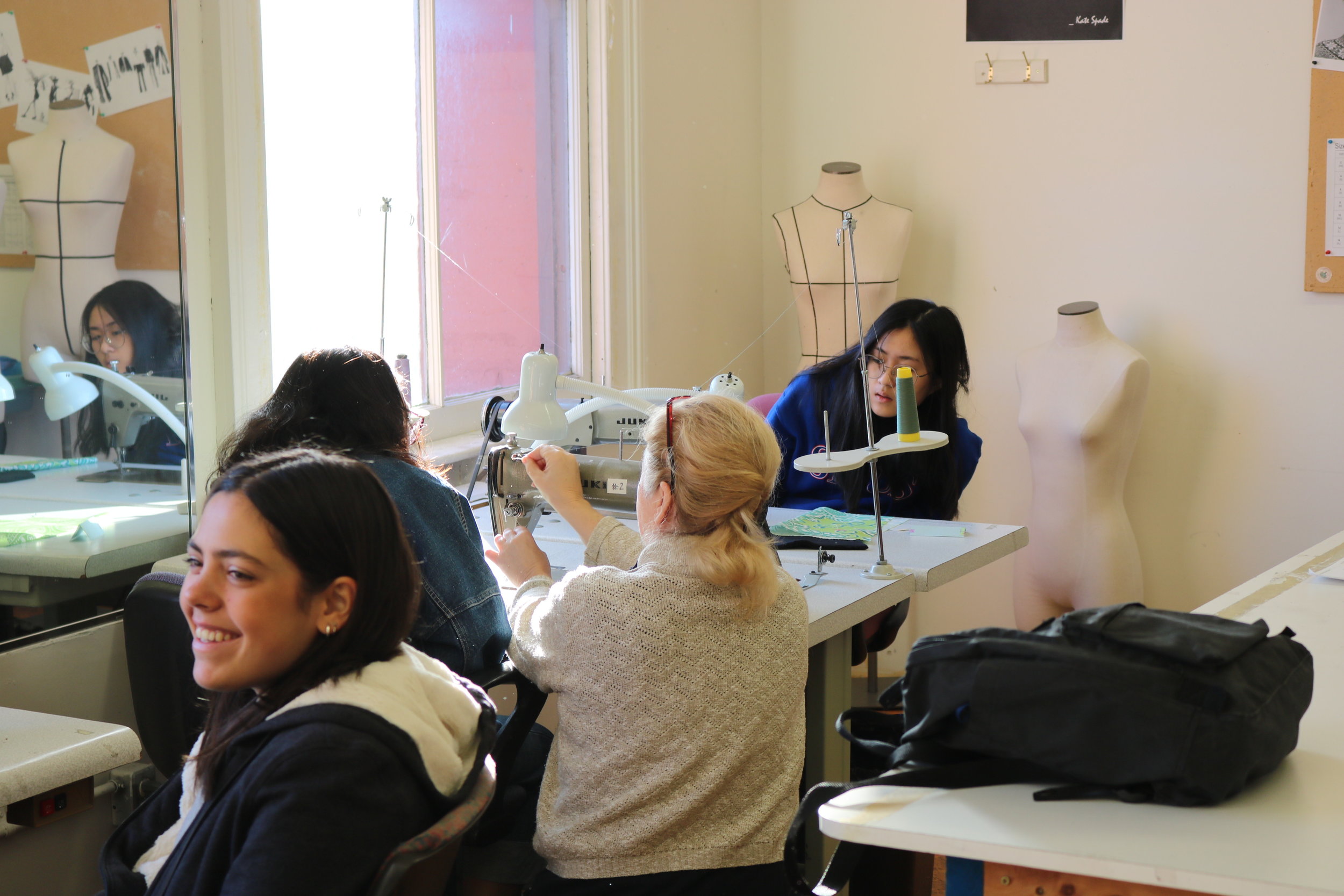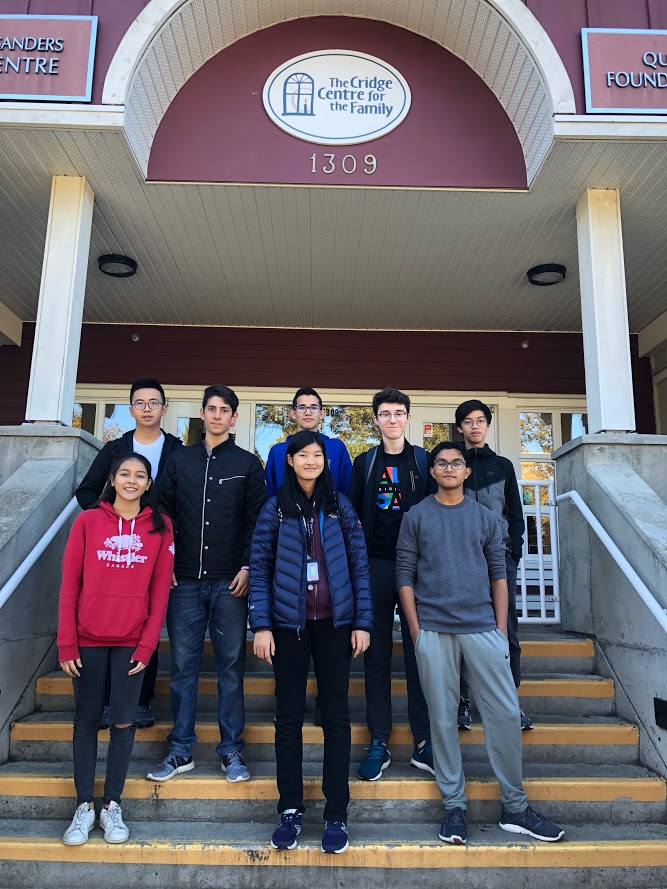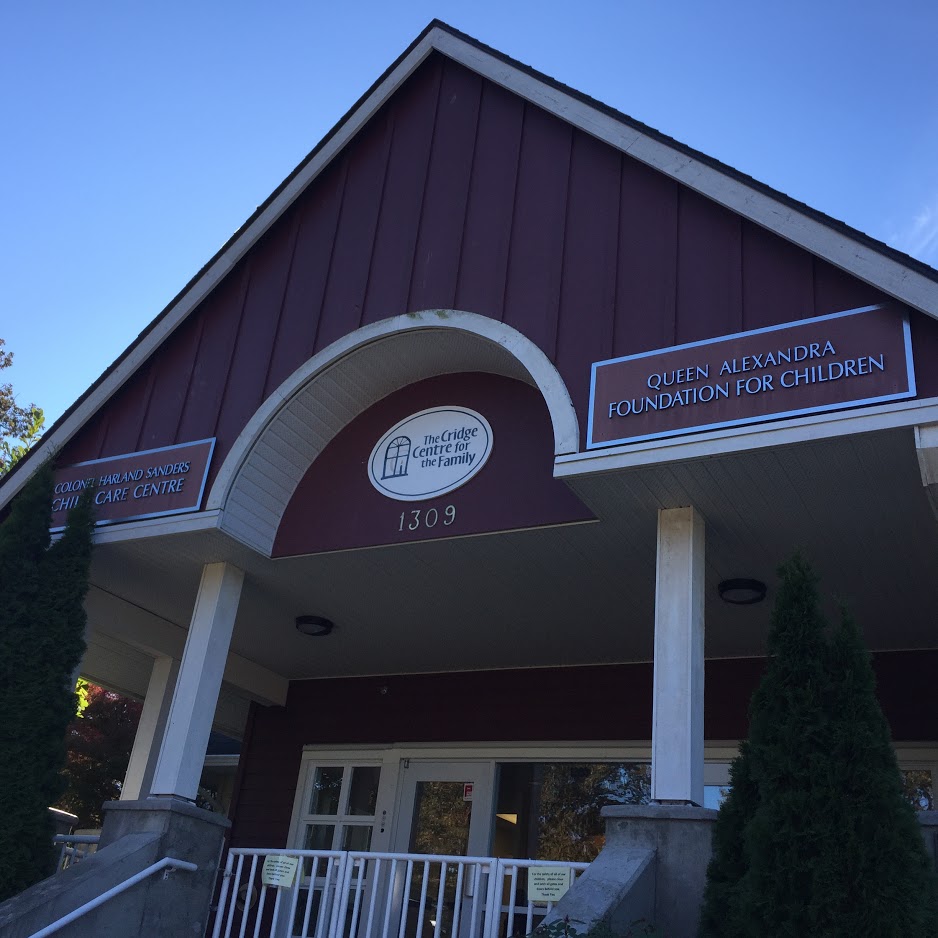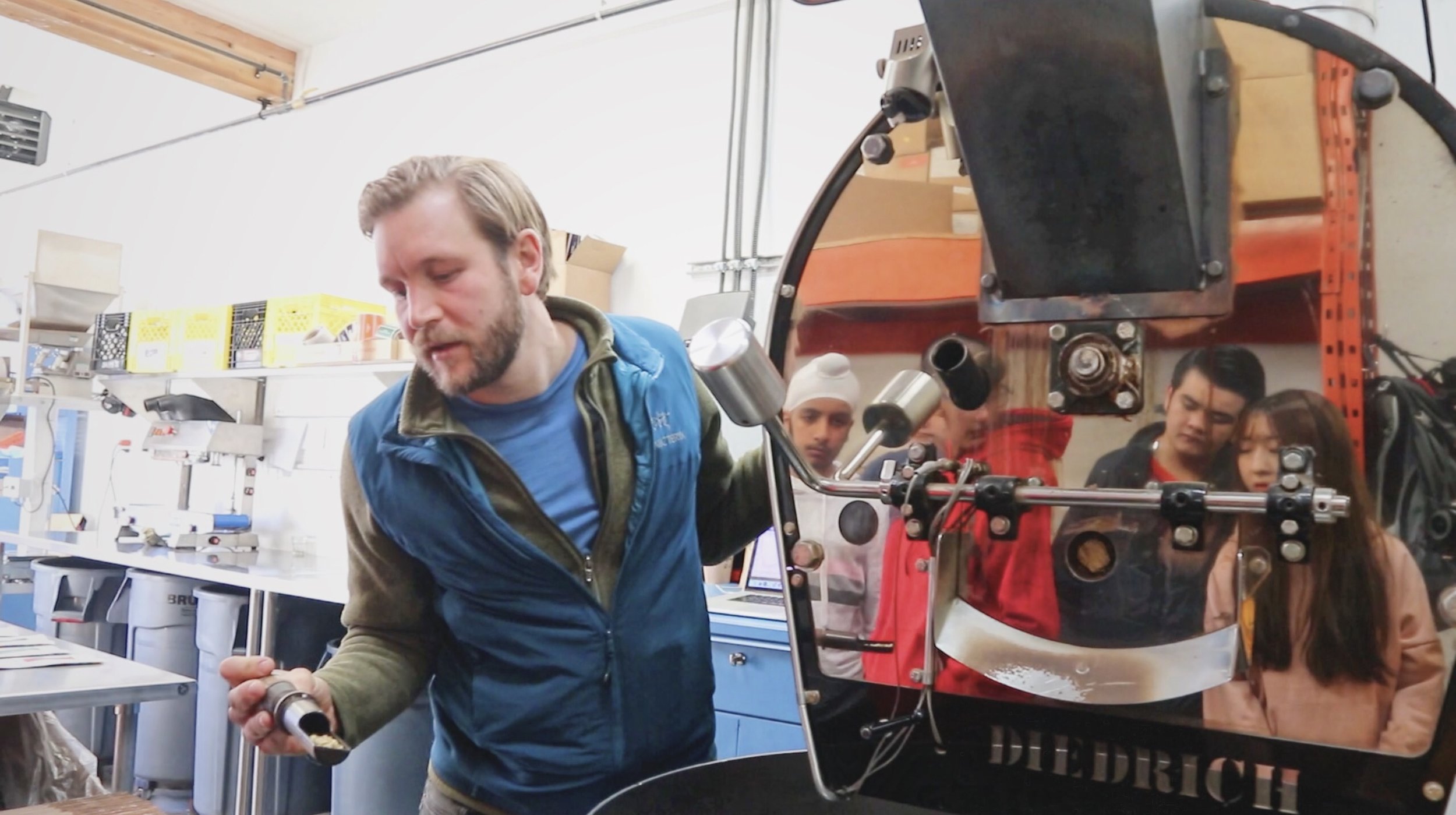Words & Photos from Mido L. & Mr. Jackson - Ahousaht Cohort
As the salmon run draws to an end, more and more carcasses are piling up in Goldstream River. Have you ever wondered what type of salmon they are? What their life cycle looks like? Or how to prove that the big trees growing alongside the stream are directly related to the nutrients of dead salmon. Today we learned about all that, and more. We received a naturalist history tour of many locations on Southern Vancouver Island from Mr. Jackson! Here is some of the info we learned:
Types of Salmon It is the Chum salmon that come to spawn in Goldstream river every year. Along with Coho, Pink, Sockeye and Chinook, these five species dominate the BC salmon scene.
Identify the Chum Chum salmon are called Dog salmon because of the males’ two distinct canine-like teeth on the lower jaw. Males are also identifiable by their vertical, pinkish stripes along the body, whereas females have one dark horizontal line.
Predators Gulls, bears, and bald eagles are all drawn to the wholesome nutrients of the Chum, as are the First Nations people. When we visited, a multitude of gulls had pecked out the eyes of the already rotted fish, and more were diving for eggs. Bears can eat twenty salmon a day, in the days leading up to hibernation. When given a large selection, bears, which typically prefer a plant-based diet (90% of intake is plants!) over meats, will eat only the brain, skin and eggs due to the high fat content. They cannot afford to fill up on just the protein of the meat, as mama bears will need to feed their young without any food to sustain themselves in the dark winter months.
Salmon and the Forest It has been noted that taller trees grow beside the river of the salmon run. Of course, it must be the nutrients from the decomposing salmon. Scientists proved this by comparing isotopes of nitrogen from the ocean with that of the trees along the river. They appeared to be the same! How does this work? Well, nitrogen isotopes found in the ocean and those found on land are different. The tree, being a land-dweller, should have had the same isotopes as other land-dwelling things. Instead, they had absorbed the ocean nitrogen isotopes found in the bodies of Chum salmon!
